Содержание
- 2. Growth Growth refers to an increase in physical size of the whole body or any of
- 3. Child Growth (Image: WHO)
- 4. Changes in bodily proportions with age.
- 5. Development Development refers to a progressive increase in skill and capacity of function. It is a
- 6. By understanding what to expect during each stage of development, parents can easily capture the teachable
- 7. Maturation Increase in child’s competence and adaptability. It is describing the qualitative change in a structure.
- 8. Principles of Growth & Development Continuous process Predictable Sequence Don’t progress at the same rate (↑
- 9. Principles of Growth & Development G & D proceed in regular related directions : - Cephalo-caudal(head
- 10. Growth Pattern
- 11. Growth Patterns The child’s pattern of growth is in a head-to-toe direction, or cephalocaudal, and in
- 12. Factors affecting growth and development: Hereditary Environmental factors Pre-natal environment 1-Factors related to mothers during pregnancy:
- 13. 2-Factors related to fetus Mal-position in uterus Faulty placental implantation Post-Natal Environment I - External environment:
- 14. Internal environment Child’s intelligence Hormonal influences Emotions
- 15. Types of growth and development Types of growth: - Physical growth (Ht, Wt, head & chest
- 16. Stages of Growth and Development Prenatal - Embryonic (conception- 8 w) - Fetal stage (8-40 or
- 17. 1- Newborn stage Newborn stage is the first 4 weeks or first month of life. It
- 18. Normal Newborn Infant Physical growth - Weight = 2.700 – 4 kg - Wt loss 5%
- 19. Weight: They loose 5 % to 10 % of weight by 3-4 days after birth as
- 20. Height Boys average Ht = 50 cm Girls average Ht = 49 cm Normal range for
- 21. Anterior fontanel Diamond in shape The junction of the sagittal, corneal and frontal sutures forms it
- 23. Posterior fontanel Triangular Located between occipital & 2 parietal bones Closes by the end of the
- 24. Chest circumference It is 30.5 to 33cm (usually 2–3cm less than head circumference).
- 25. Physiological growth Vital signs - Temperature (36.3 to37.2°C ). - Pulse ( 120 to 160 b/min
- 27. Simulation for vital signs
- 28. APGAR scoring chart
- 30. Newborn Senses
- 31. Senses - Touch - Vision - Hearing - Taste - Smell
- 32. Touch It is the most highly developed sense. It is mostly at lips, tongue, ears, and
- 33. Vision Pupils react to light Bright lights appear to be unpleasant to newborn infant. Follow objects
- 34. Hearing The newborn infant usually makes some response to sound from birth. Ordinary sounds are heard
- 35. Taste Well developed as bitter and sour fluids are resisted while sweet fluids are accepted. Smell
- 36. Normal Newborn Infant
- 37. Gross Motor Development Motor development: The newborn's movement are random, diffuse and uncoordinated. Reflexes carry out
- 38. Fine motor development Holds hand in fist When crying, he draws arms and legs to body
- 39. Reflexes Swallowing Gagging Sucking Grasp Tonic-neck
- 40. One month-Reflexes
- 41. Emotional development The newborn infant expresses his emotion just through cry for hunger, pain or discomfort
- 42. Infancy
- 43. Sitting Up Age 2 months Age 8 months
- 44. Ambulation 13 month old Nine to 12-months
- 45. Fine Motor Development in infancy 6-month-old 12-month-old
- 46. Definition of normal infant:- It is the period which starts at the end of the first
- 47. Physical growth of normal infant Weight : the infant gains : - Birth to 4 months
- 48. Calculating infant’s weight Infants from 3 to 12 months Weight = Age in months + 9
- 49. Height Length increases about 3 cm /month during the 1st 3 months of age, then it
- 50. Head circumference It increases about 2 cm /month during the 1st 3 months, Then, ½ cm/month
- 51. Chest circumference By the end of the 1st year, it will be equal to head circumference.
- 54. Dentition: Eruption of teeth starts by 5–6 months of age. It is called "Milky teeth" or
- 55. Average age for teeth eruption: Lower central incisors Upper central incisors Upper lateral incisors Lower lateral
- 56. Motor Development At 2 months Hold head erects in mid-position. Turn from side back. At 3
- 57. Head Control Newborn Age 6 months
- 58. At 4 months, the infant can: Sit with adequate support. Roll over from front to back.
- 59. At 5 months, the infant can: Balance head well when sitting. Site with slight support. Pull
- 60. At 6 months, the infant can: Sit alone briefly. Turn completely over ( abdomen to abdomen
- 61. At 7 months, the infant can: Sit alone. Hold cup. Imitate simple acts of others.
- 62. At 8 months, the infant can: Site alone steadily. Drink from cup with assistance. Eat finger
- 63. At 9 months, the infant can: Rise to sitting position alone. Crawl (i.e., pull body while
- 64. At 10 months, the infant can: Creep well (use hands and legs). Walk but with help.
- 65. At 12 months , the infant can: Stand-alone for variable length of time. Site down from
- 66. Ambulation(motor growth) 9 month old: crawl 10 month old: creep 1 year: stand independently from a
- 67. Emotional development: His emotions are instable, where it is rapidly changes from crying to laughter. His
- 68. Social development He learns that crying brings attention. The infant smiles in response to smile of
- 69. As an infant's vision develops, he or she may seem preoccupied with watching surrounding objects and
- 70. Speech Milestones 1-2 months: coos 2-6 months: laughs and squeals 8-9 months babbles: mama/dada as sounds
- 71. Hearing BAER hearing test done at birth Ability to hear correlates with ability enunciate words properly
- 72. Red Flags in infant development Unable to sit alone by age 9 months Unable to transfer
- 73. Vision in toddler age
- 74. Toddlers
- 75. Normal toddler: Toddler stage is between 1 to 3 years of age. During this period, growth
- 76. Physical growth Weight: The toddler's average weight gain is 1.8 to 2.7 kg/year. Formula to calculate
- 77. Height: During 1–2 years, the child's height increases by 1cm/month. The toddler's height increases about 10
- 78. Formula to calculate normal height Age in years X 5 + 80 = cm. e.g., the
- 79. Head and chest circumference: The head increases 10 cm only from the age of 1 year
- 80. Teething: By 2 years of age, the toddler has 16 temporary teeth. By the age of
- 81. Physiological growth: Pulse: 80–130 beats/min (average 110/min). Respiration: 20–30C/min. Bowel and bladder control: Daytime control of
- 82. Fine Motor - toddler 1 year old: transfer objects from hand to hand 2 year old:
- 83. Gross - Motor of toddler At 15 months, the toddler can: Walk alone. Creep upstairs. Assume
- 84. Continuous At 24 months: Go up and down stairs alone with two feet on each step.
- 85. At 30 months: the toddler can: Jump with both feet. Jump from chair or step. Walk
- 86. Social development: The toddler is very social being but still egocentric. He imitates parents. Notice sex
- 87. Pre-School
- 88. Preschool stage Definition:- It is the stage where child is 3 to 6 years of age.
- 89. Physical growth:- Weight: The preschooler gains approximately 1.8kg/year. Height: He doubles birth length by 4–5 years
- 90. Physiological growth Pulse: 80–120 beat/min. (average 100/min). Respiration: 20–30C/min. Blood Pressure: 100/67+24/25.
- 91. Fine Motor – Older Toddler 3 year old: copy a circle and a cross – build
- 92. Fine motor and cognitive abilities pre-school Buttoning clothing Holding a pencil Building with small blocks Using
- 93. Emotional Development of Preschooler Fears the dark Tends to be impatient and selfish Expresses agression through
- 94. Social development According to Erikson theory: The preschooler is in the stage where he develops a
- 95. Red flags: preschool Inability to perform self-care tasks, hand washing simple dressing, daytime toileting Lack of
- 96. Pool Safety
- 97. School-Age
- 98. Normal school-age child: School-age period is between the age of 6 to 12 years. The child's
- 99. Physical growth Weight: School–age child gains about 3.8kg/year. Boys tend to gain slightly more weight through
- 100. Height: The child gains about 5cm/year. Body proportion during this period: Both boys and girls are
- 101. Physiological growth: Pulse: 90+15 beats/min (75 to 105). Respiration: 21+3C/min (18–24). Blood Pressure: 100/60+16/10.
- 102. School Years: fine motor Writing skills improve Fine motor with more focus Building: models – logos
- 103. Motor development At 6–8 years, the school–age child: Rides a bicycle. Runs Jumps, climbs and hops.
- 104. At 8–10 years, the school–age child: Throws balls skillfully. Uses to participate in organized sports. Uses
- 105. School Age: gross motor 8 to 10 years: team sports Age ten: match sport to the
- 106. School Age
- 107. Red flags: school age School failure Lack of friends Social isolation Aggressive behavior: fights, fire setting,
- 108. 13 to 18 Year Old
- 109. Adolescent age Physical growth Physiological growth Secondary sex characteristics Cognitive development Emotional development Social development
- 110. Definition of adolescent: Adolescence is a transition period from childhood to adulthood. Its is based on
- 111. Physical growth: Weight: Growth spurt begins earlier in girls (10–14 years, while it is 12–16 in
- 112. Physiological growth: Pulse: Reaches adult value 60–80 beats/min. Respiration: 16–20C/minute. NB: The sebaceous glands of face,
- 113. Appearance of secondary sex characteristics 1- Secondary sex characteristics in girls: Increase in transverse diameter of
- 114. Body image
- 115. 2- Secondary sex characteristics in boys: Increase in size of genitalia. Swelling of the breast. Growth
- 116. Adolescent behavioral problems Anorexia Attention deficit Anger issues Suicide
- 118. Скачать презентацию



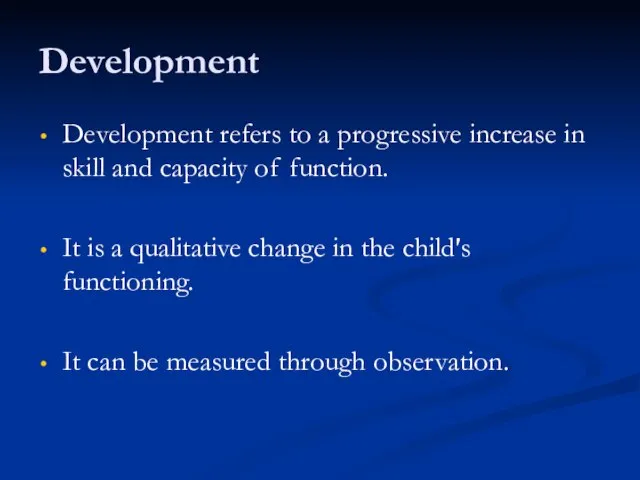
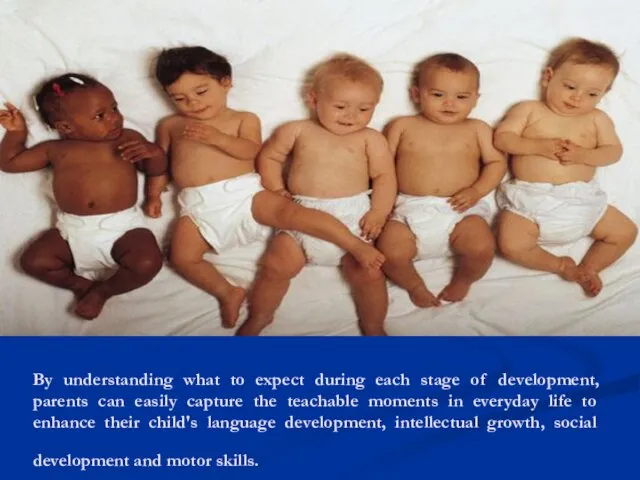
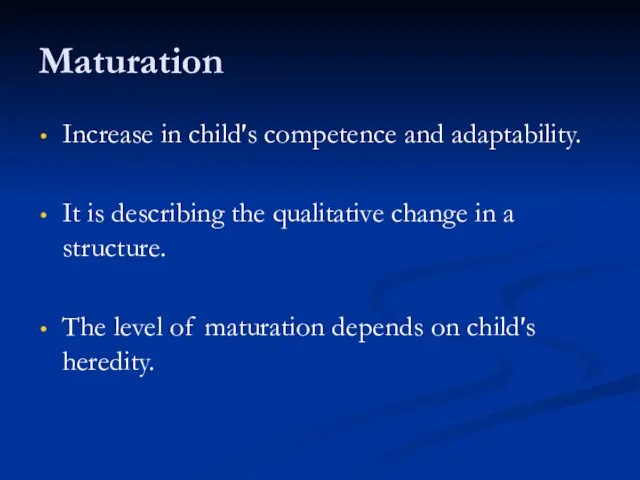
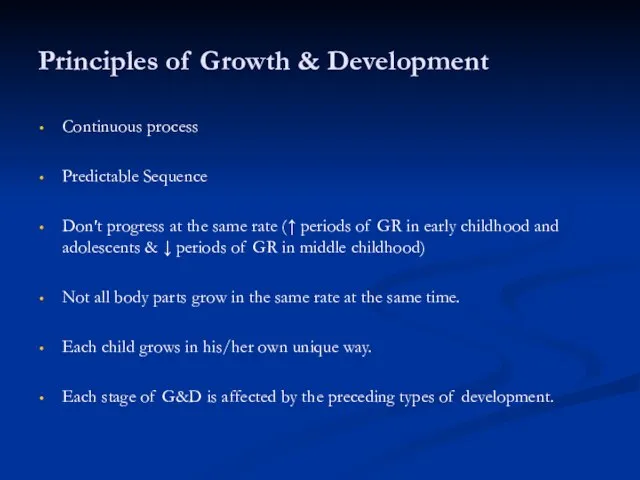
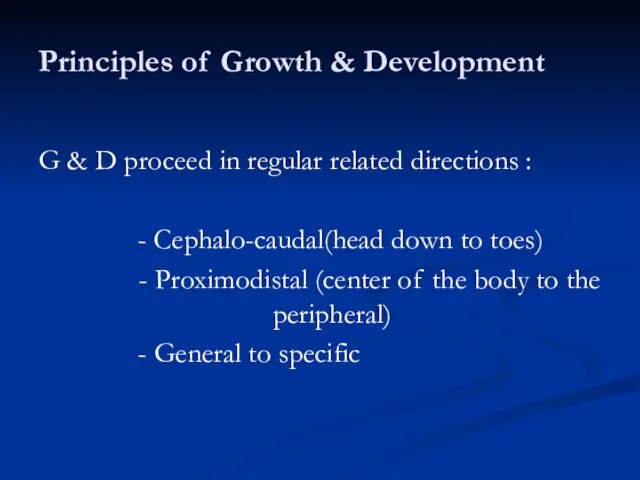
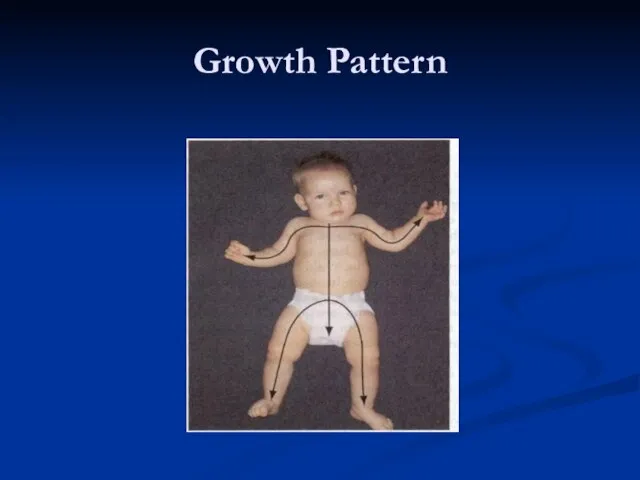
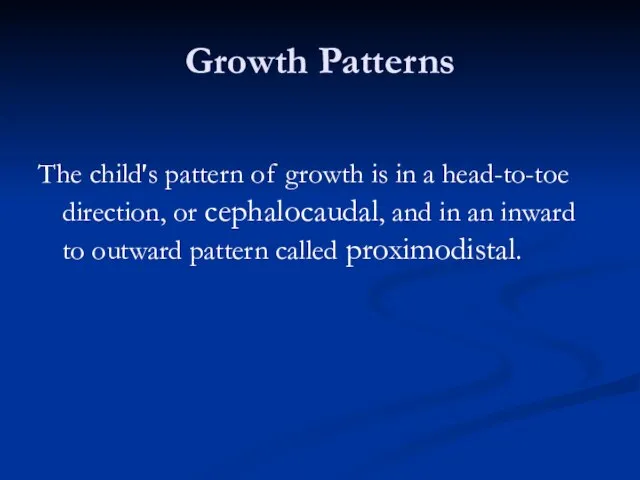
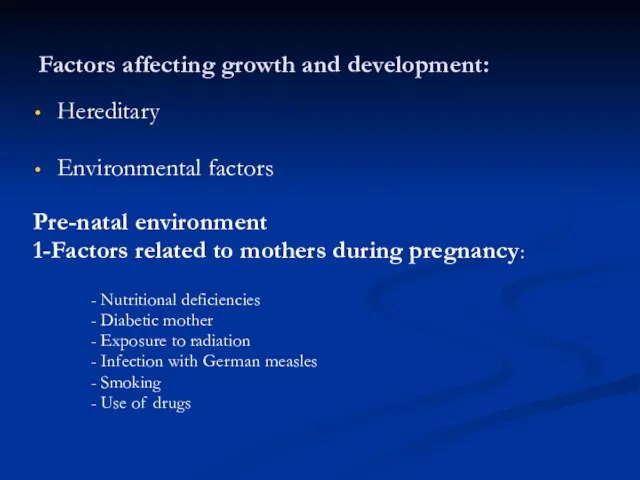
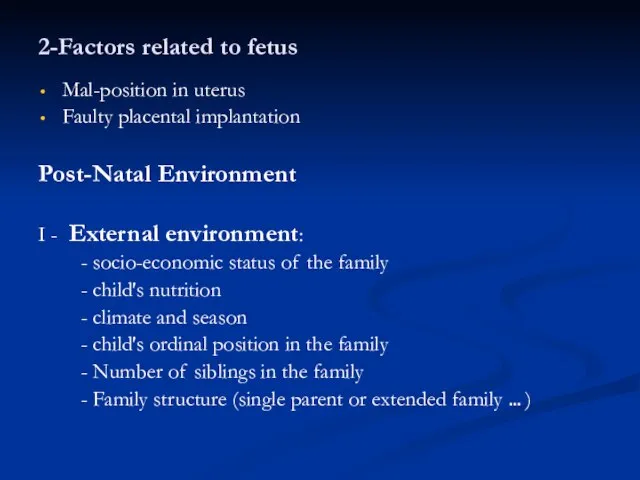
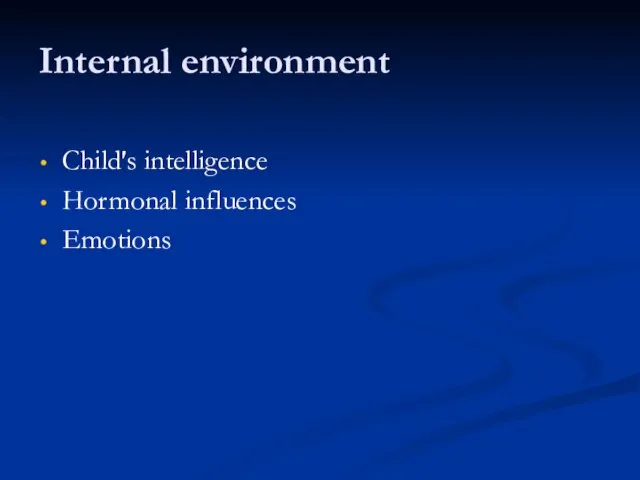
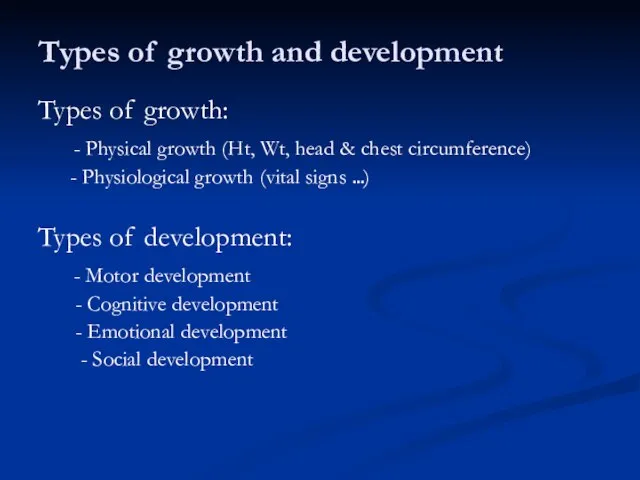
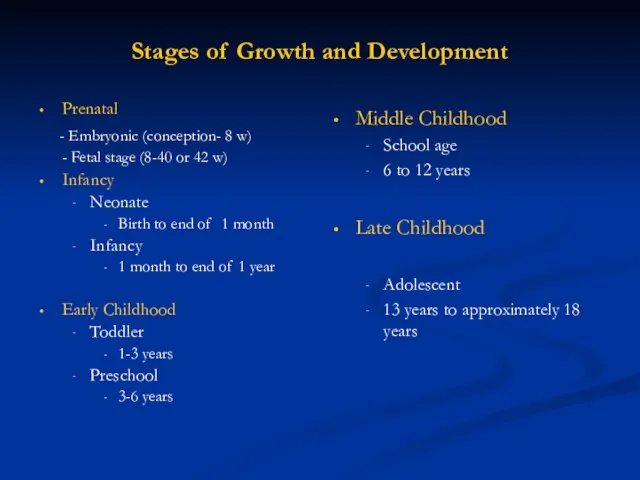
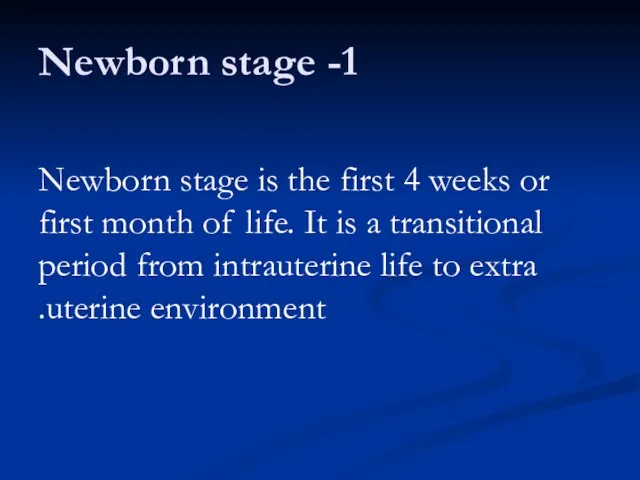
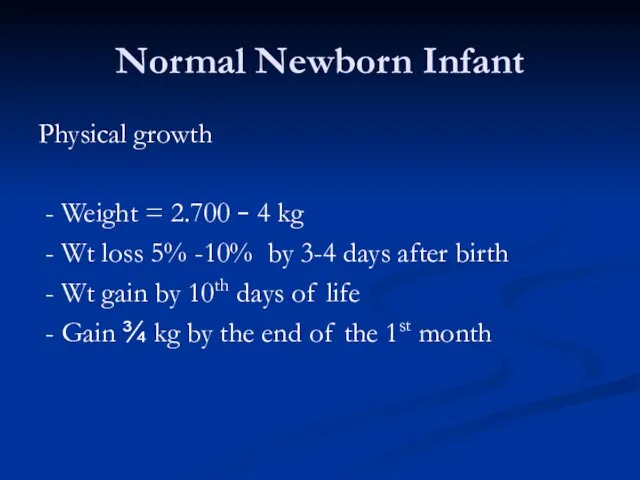
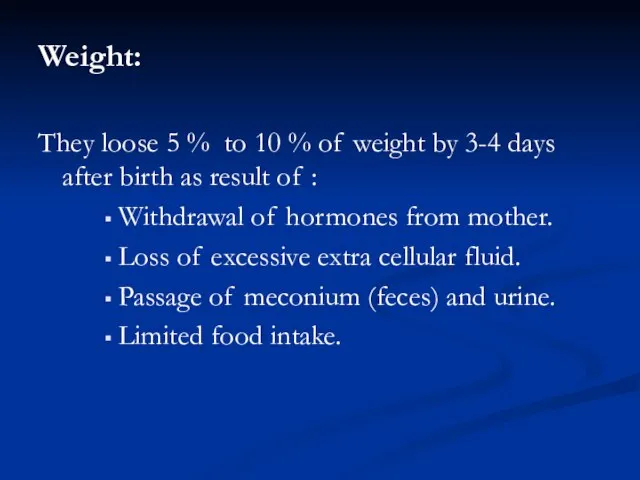
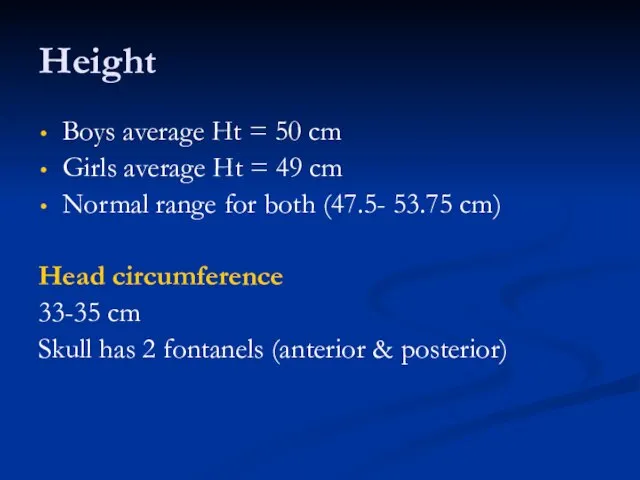
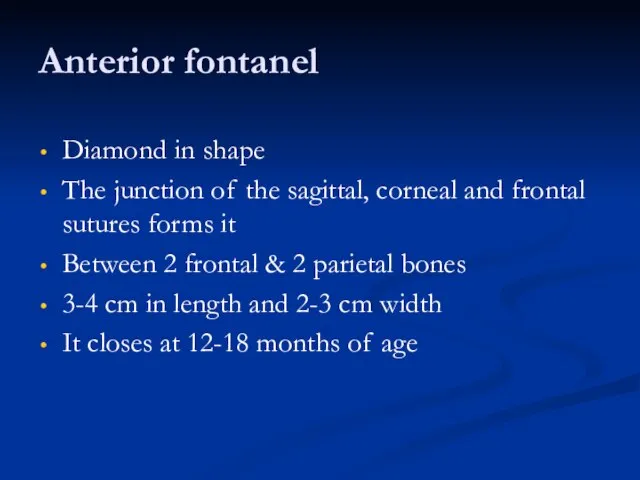
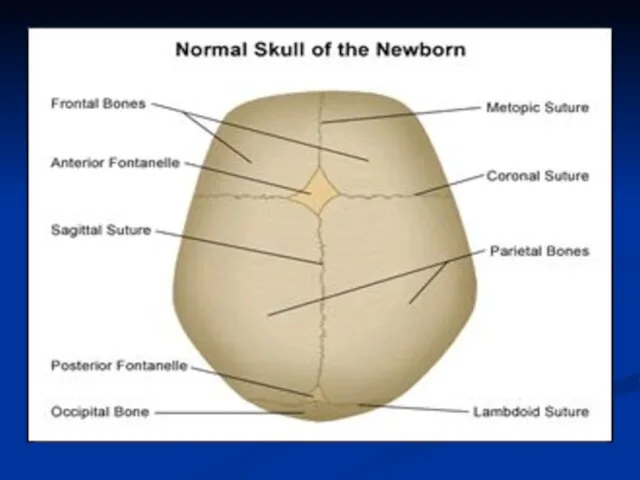
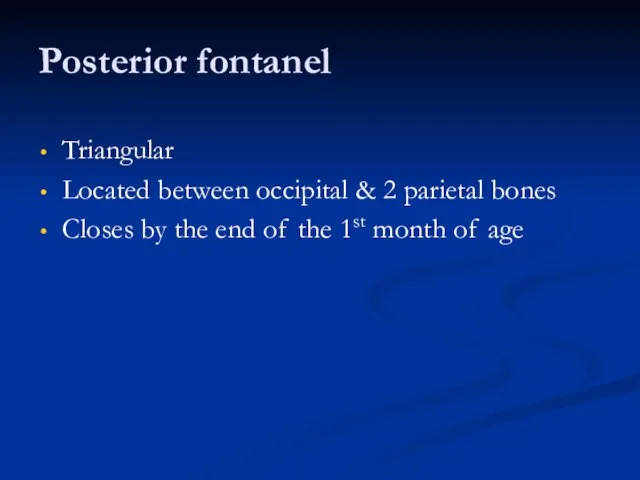
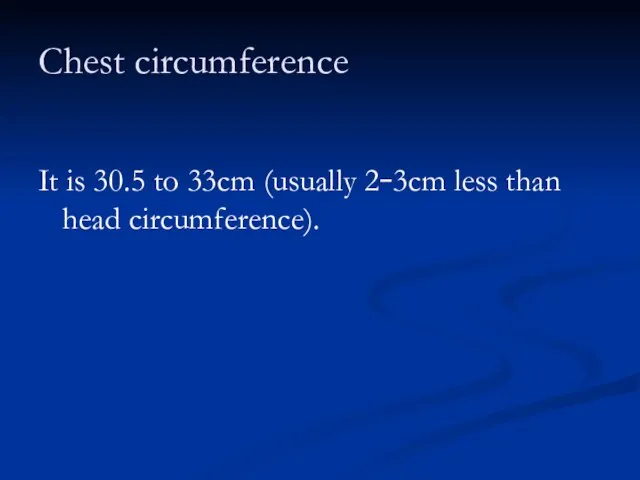
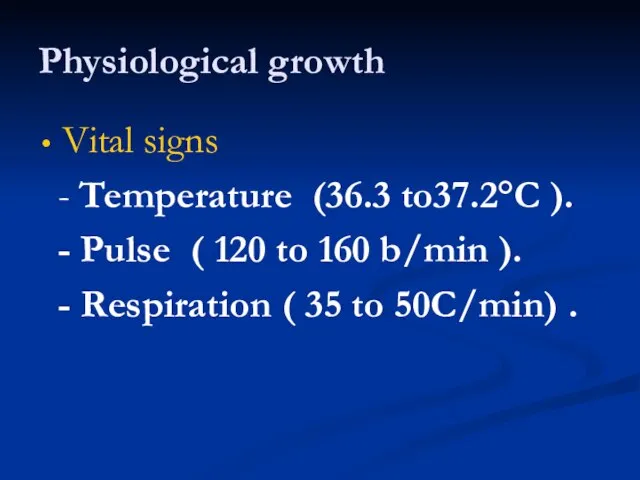
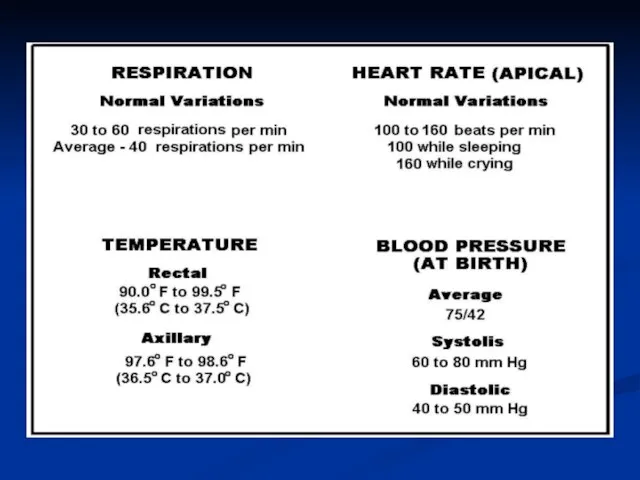
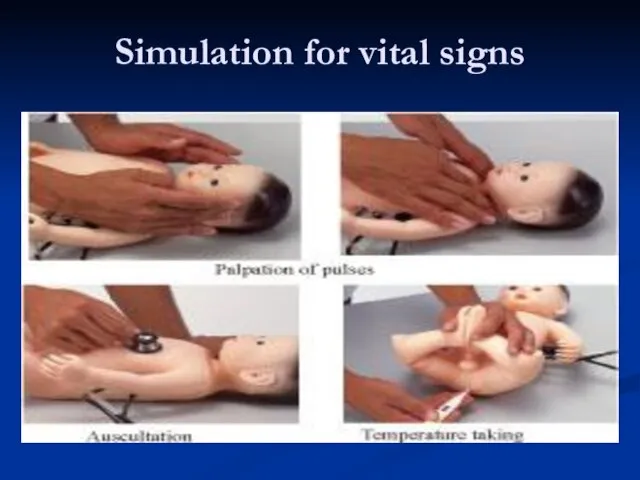
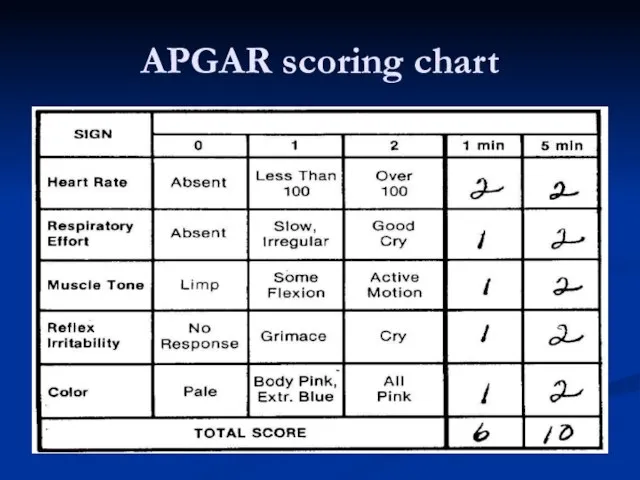
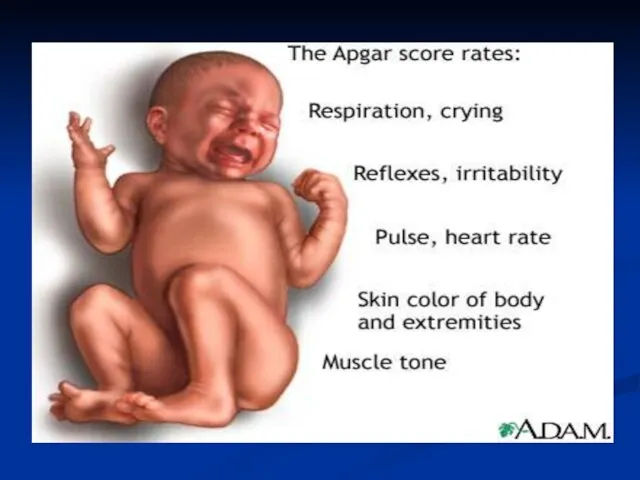
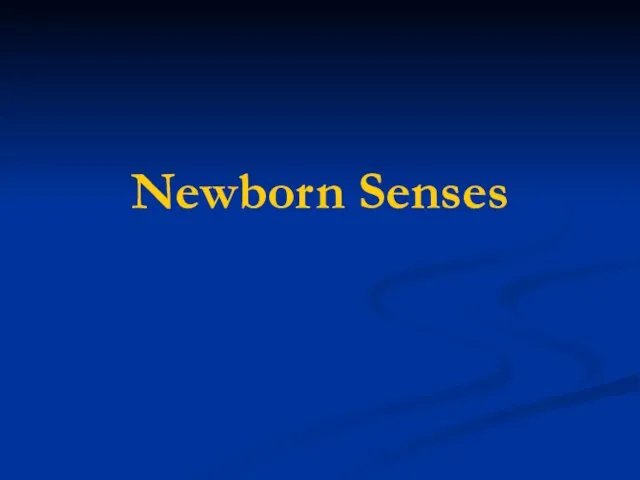
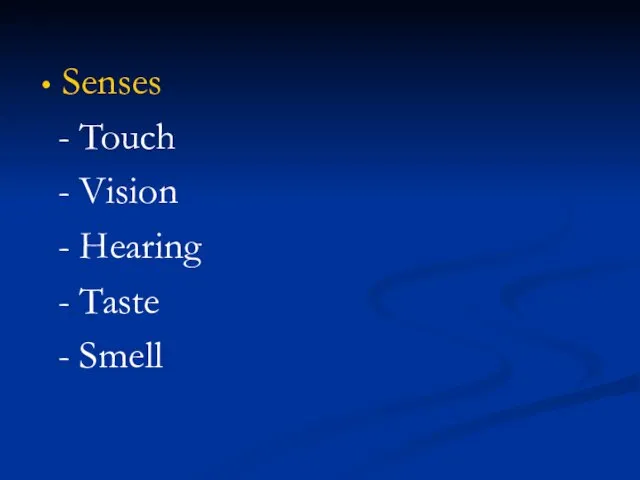
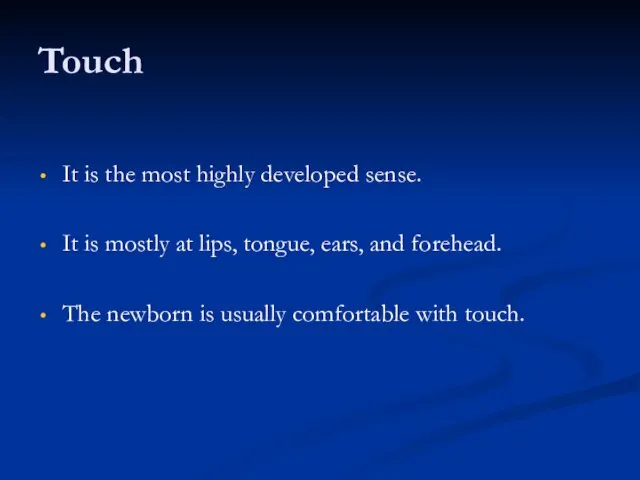
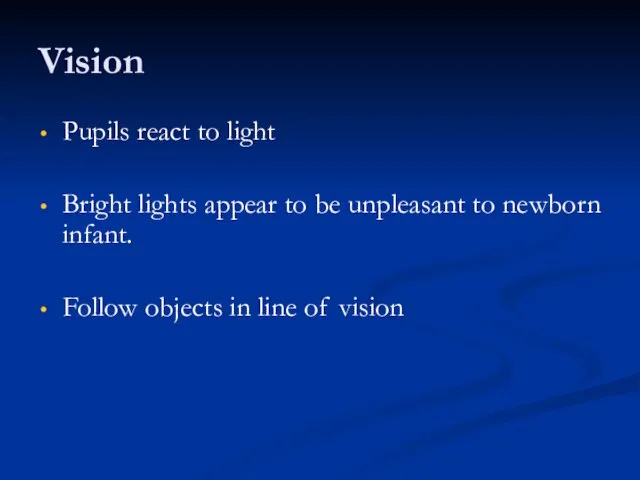
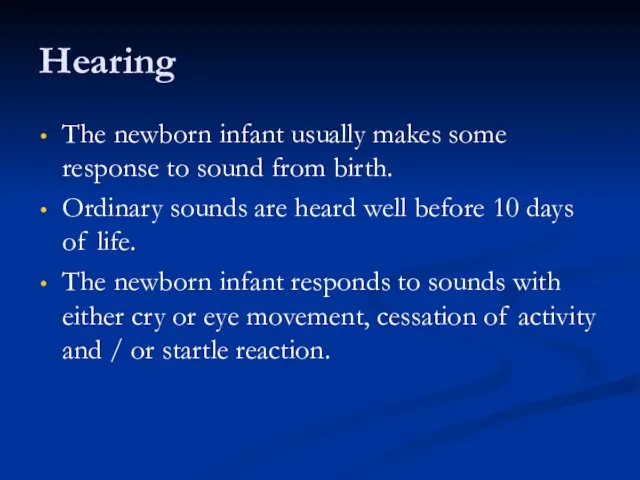
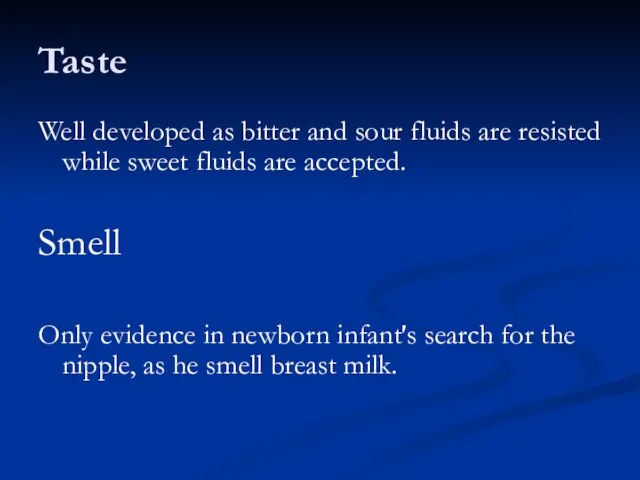
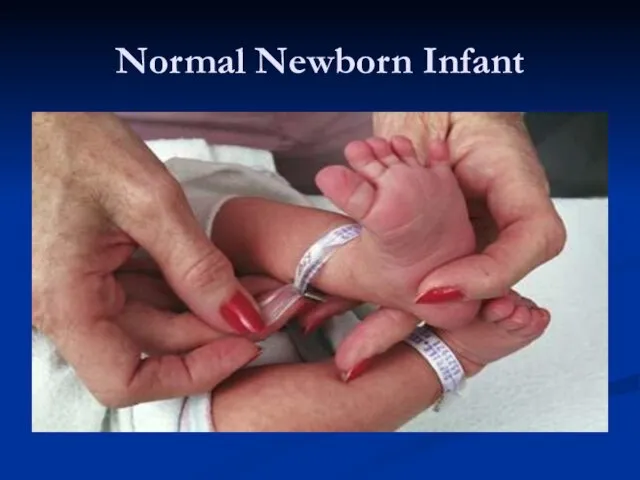
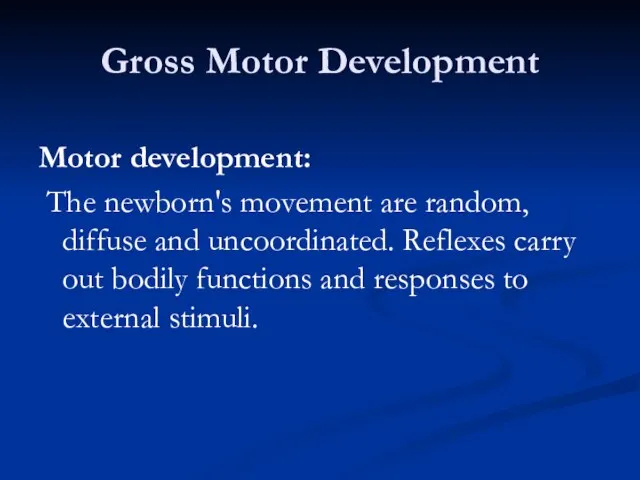
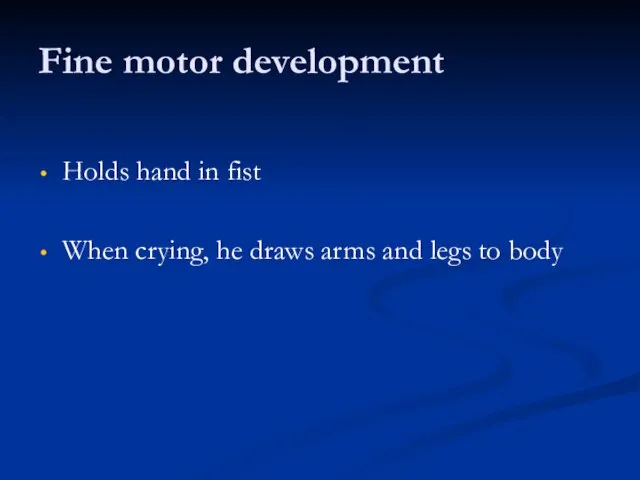
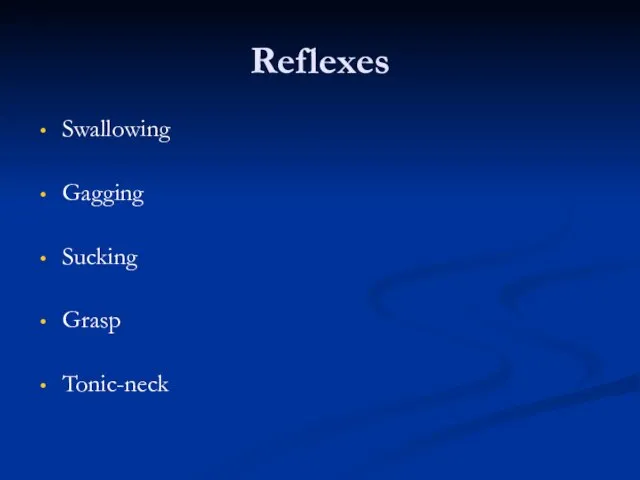
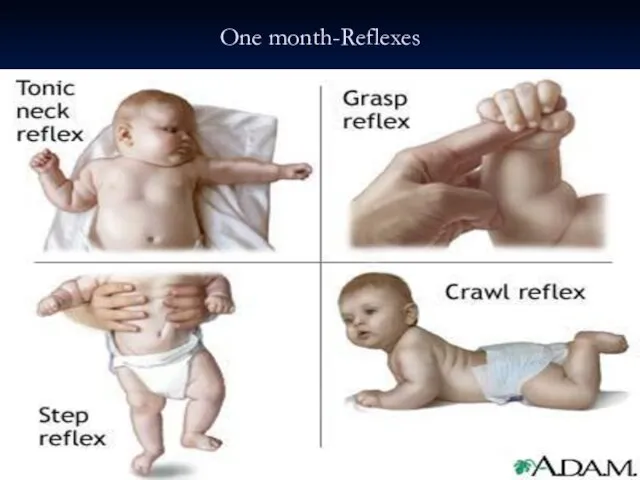
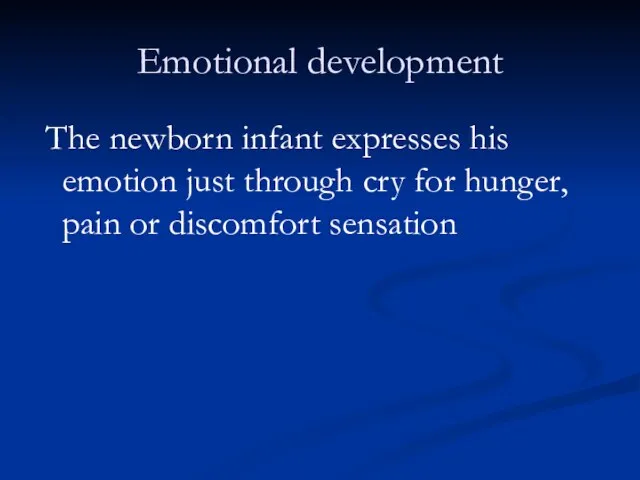

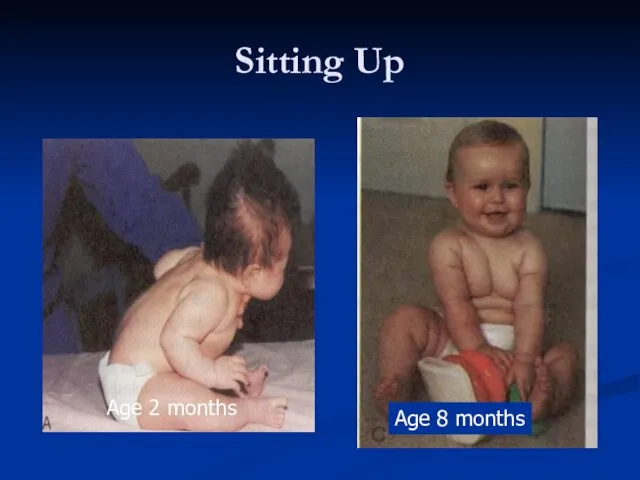
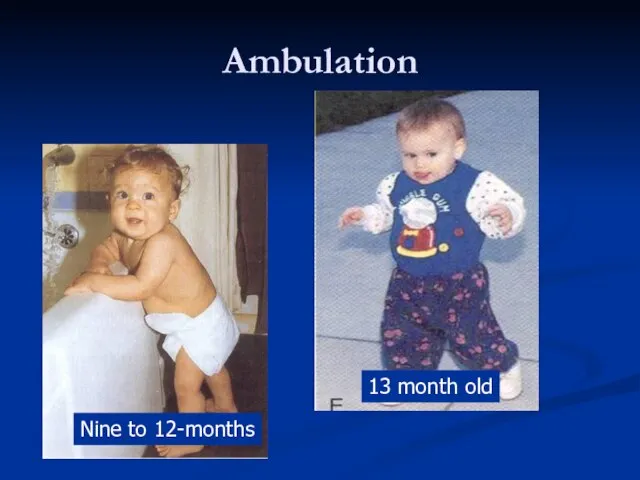
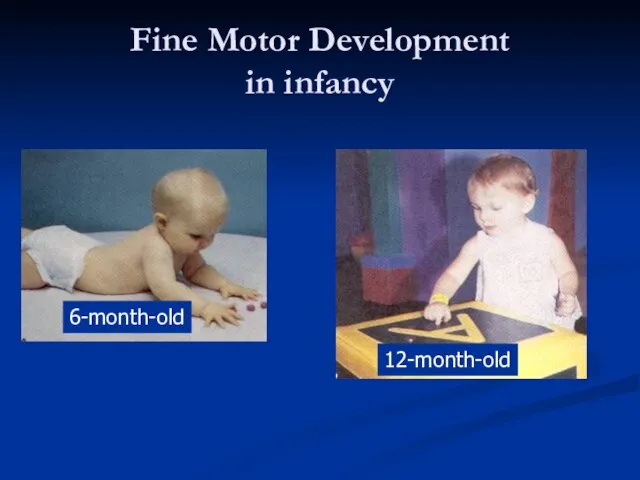
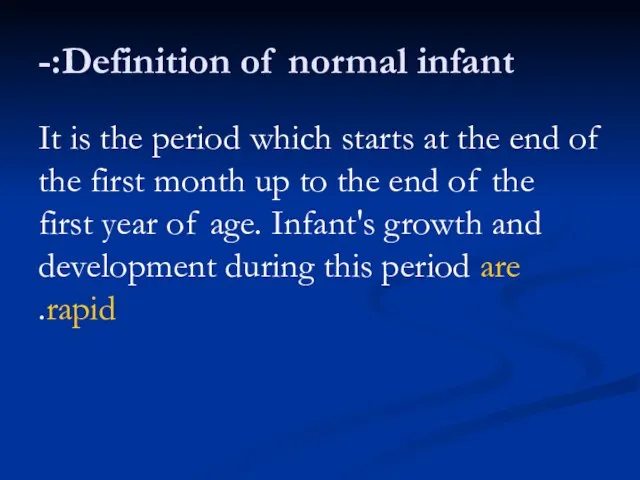
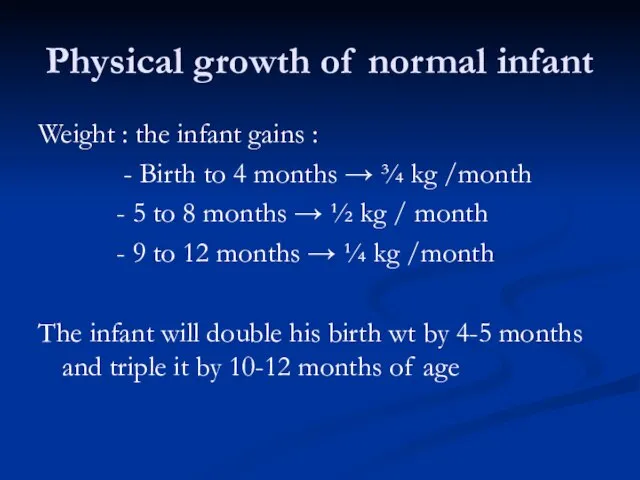
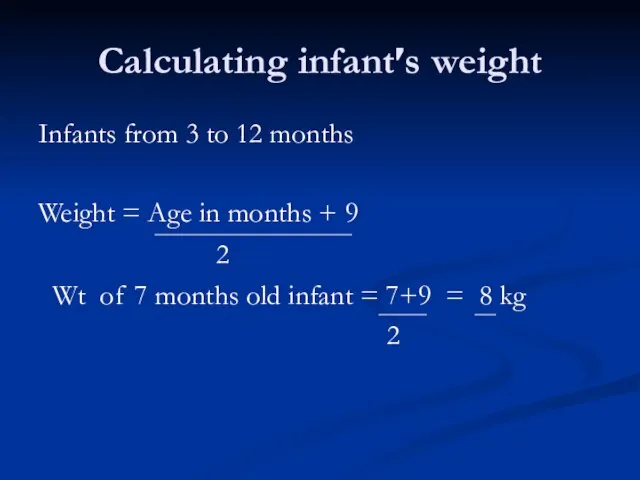
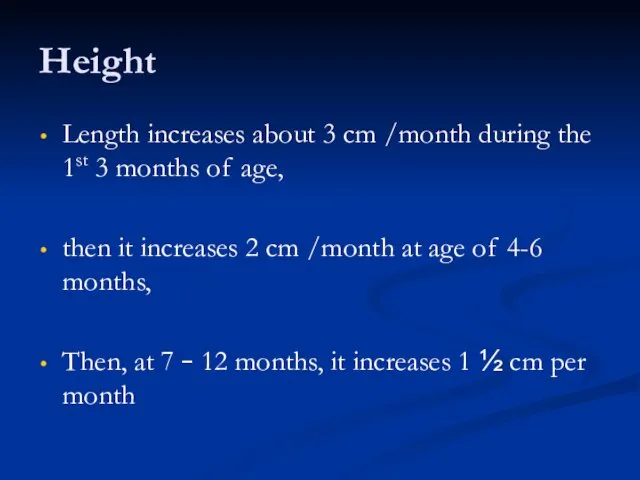
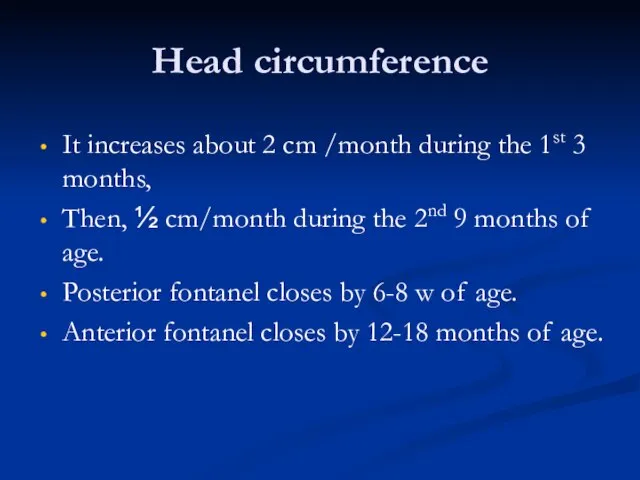
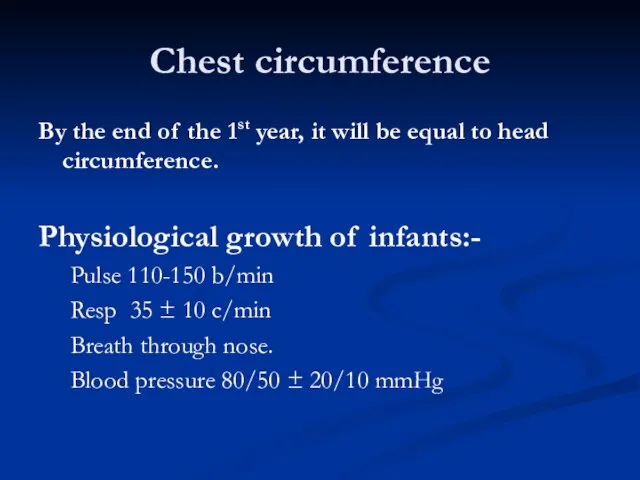
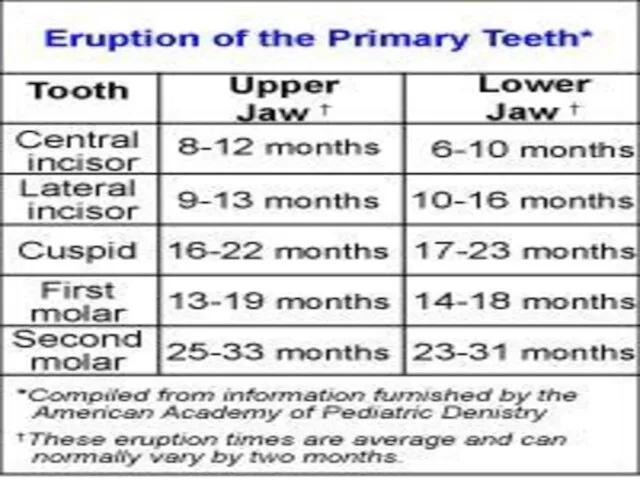
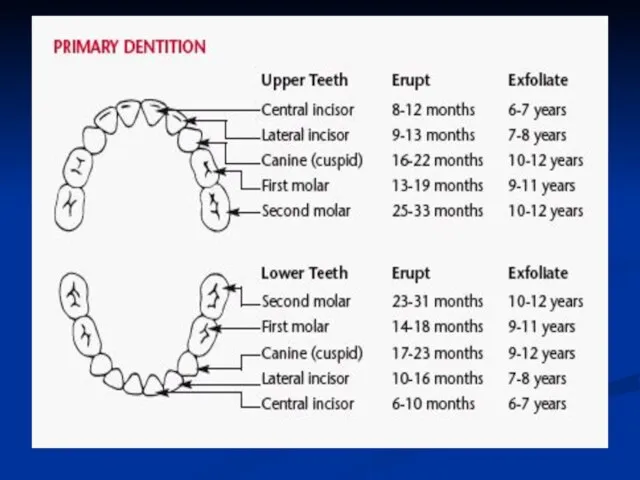
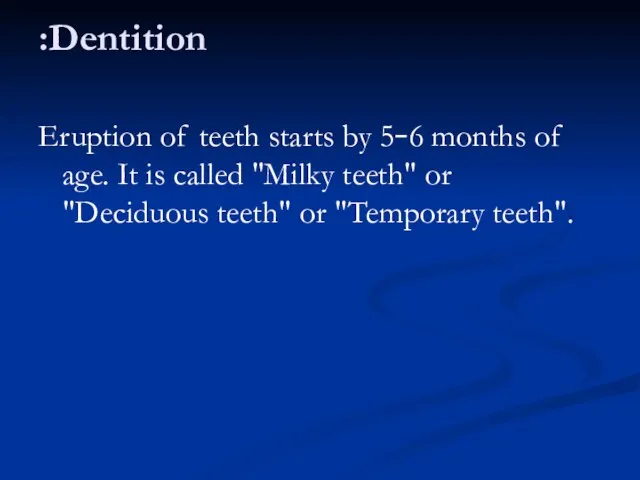
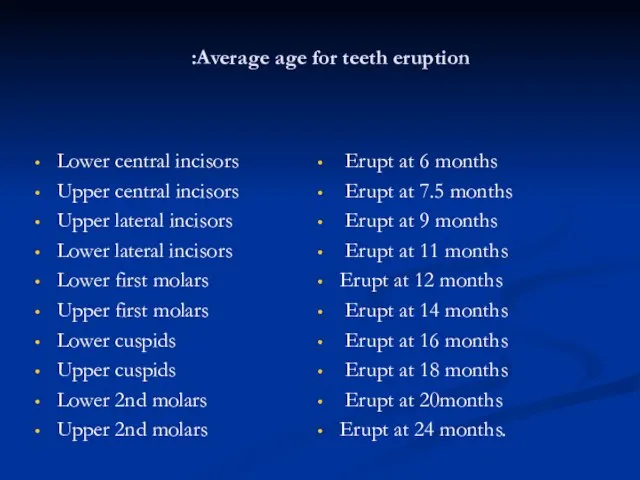
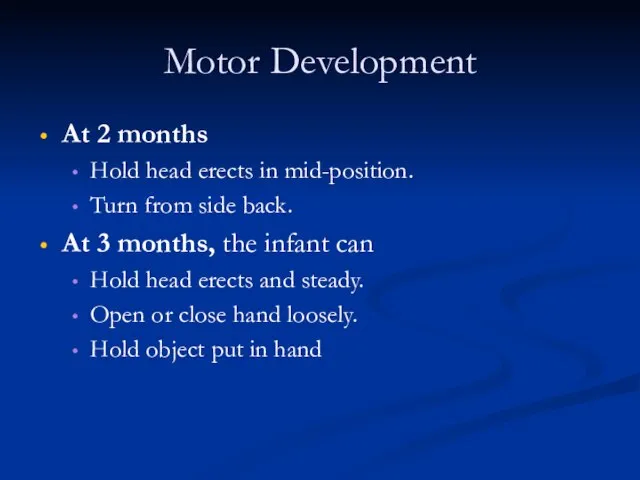
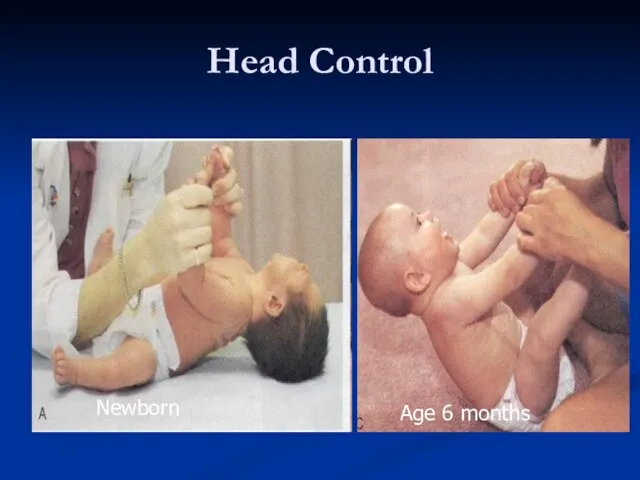
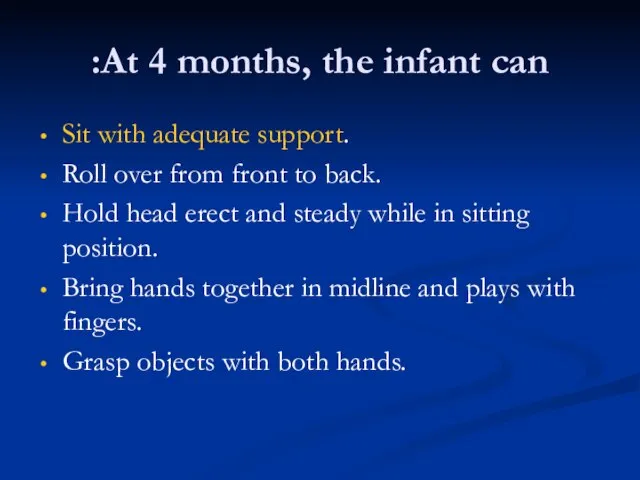
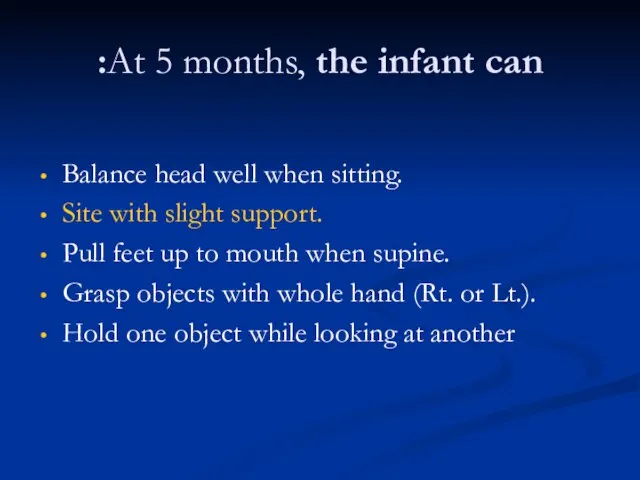
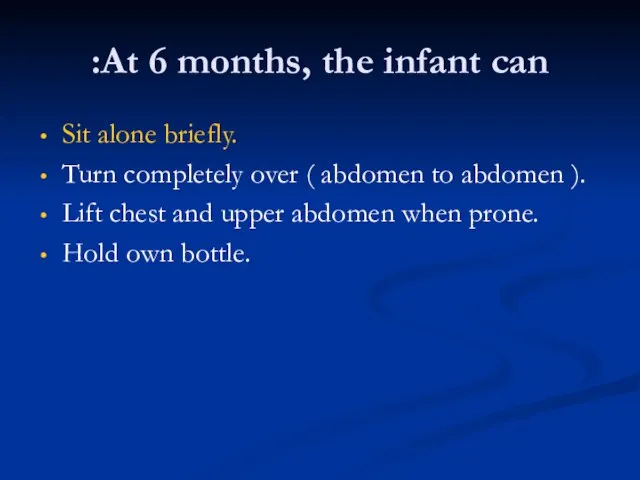
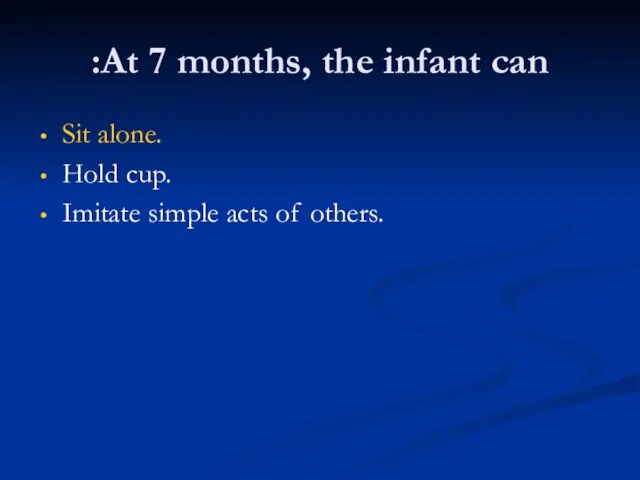
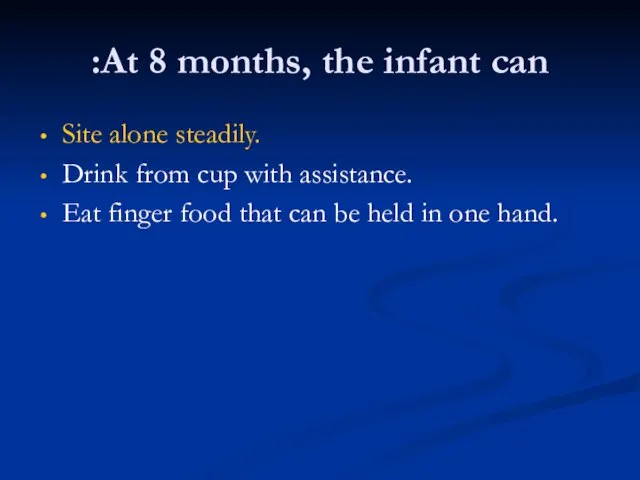
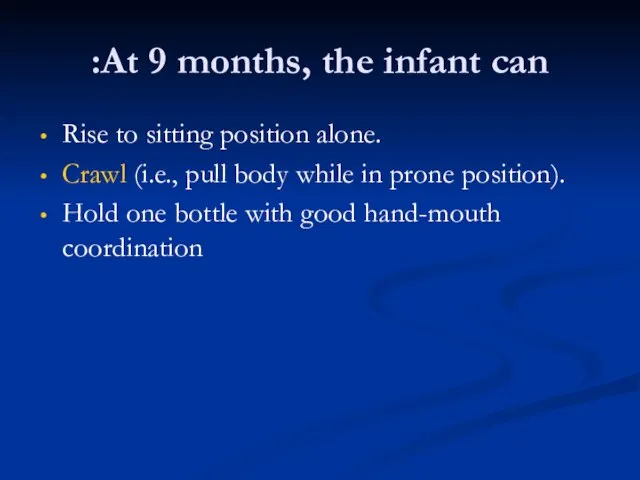
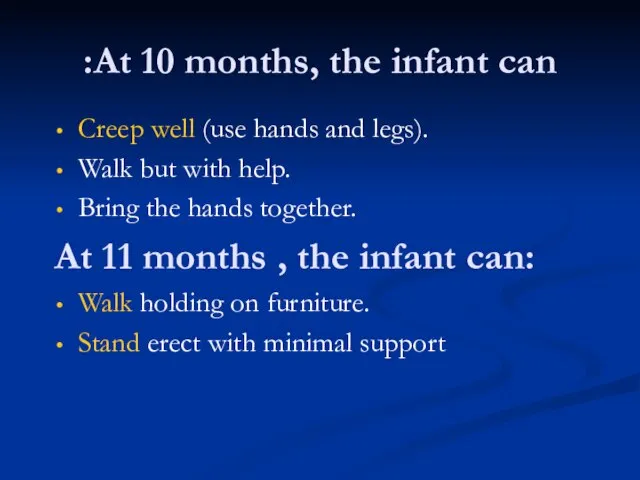
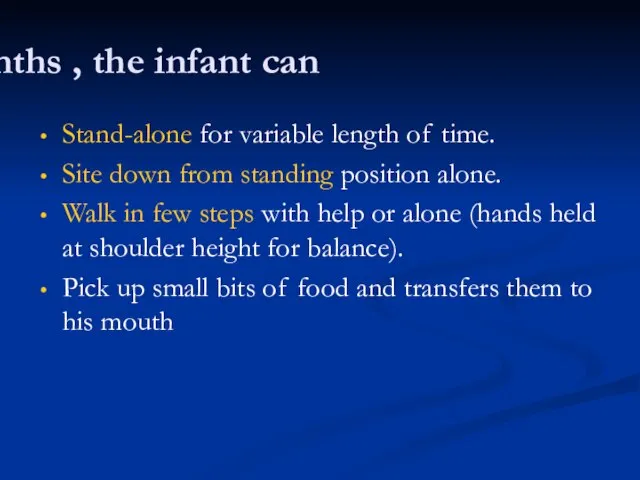
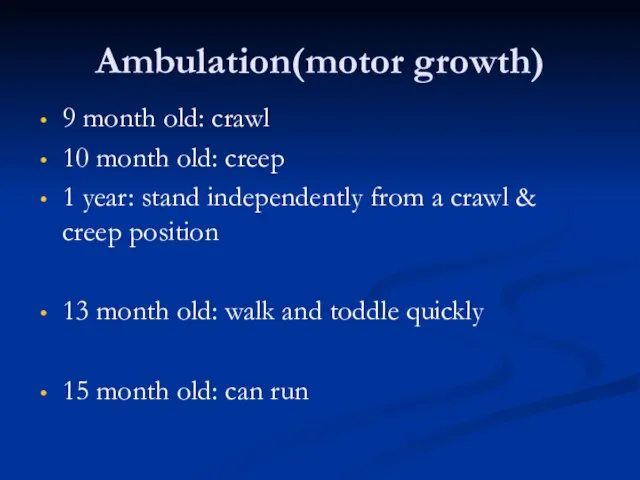
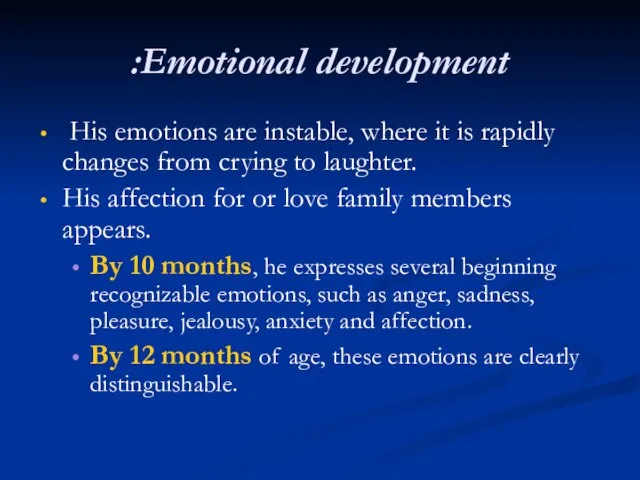
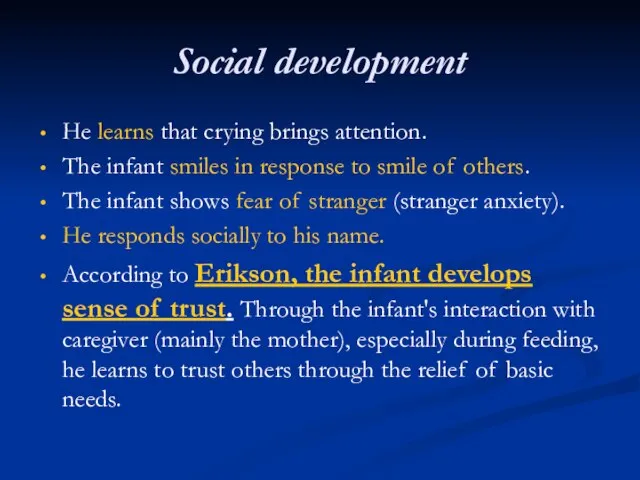
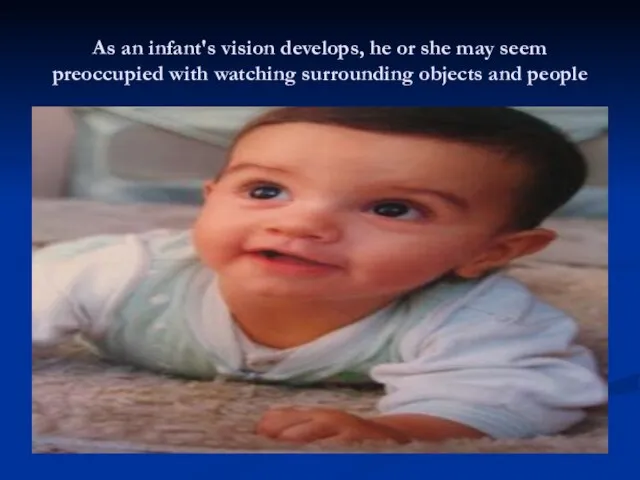
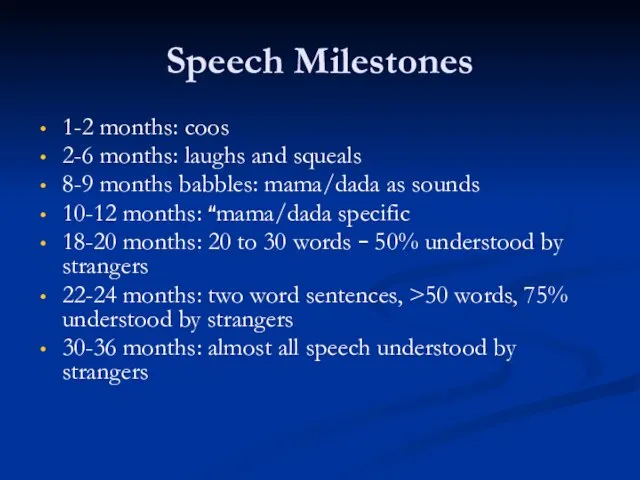
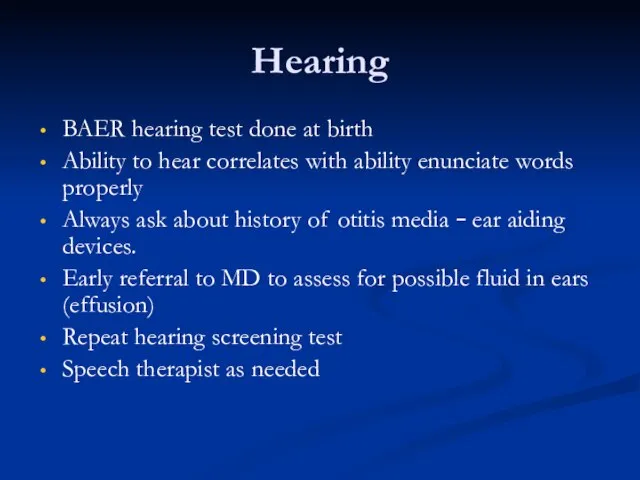
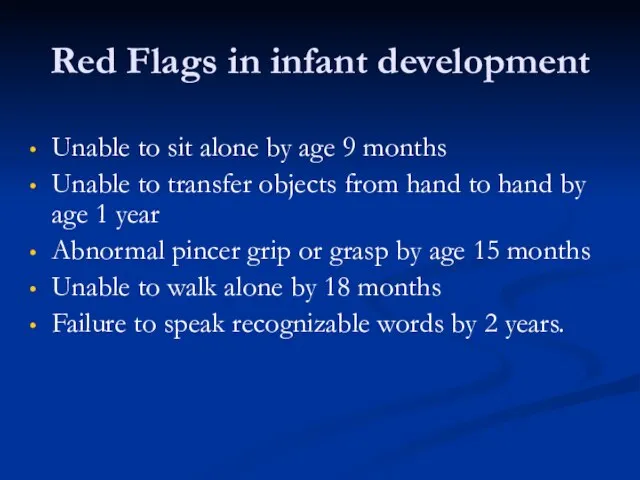
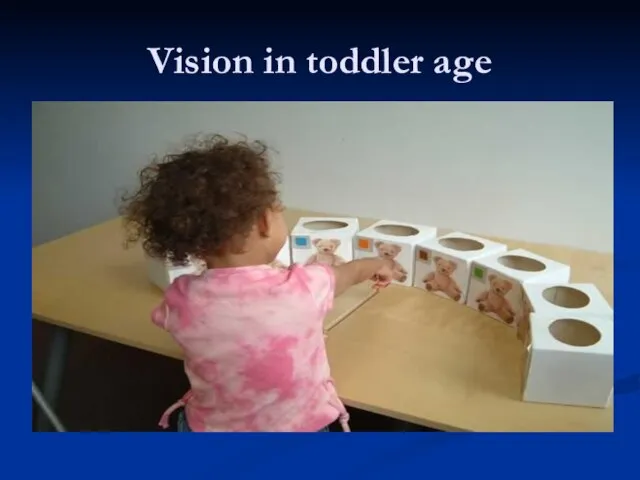
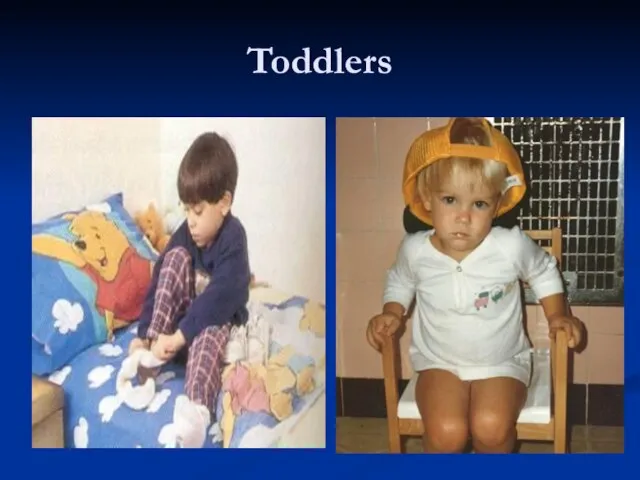
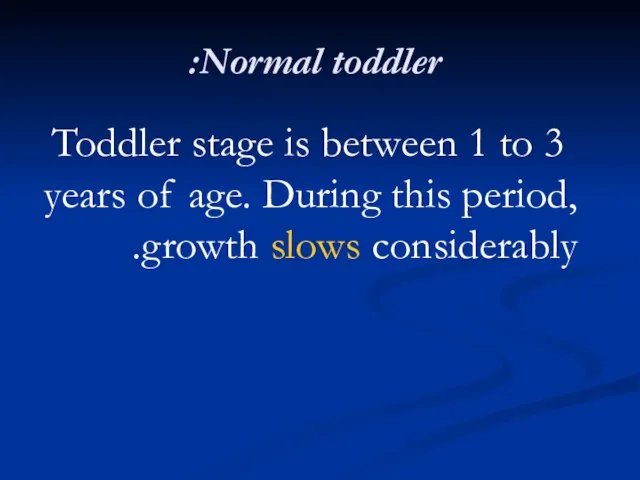
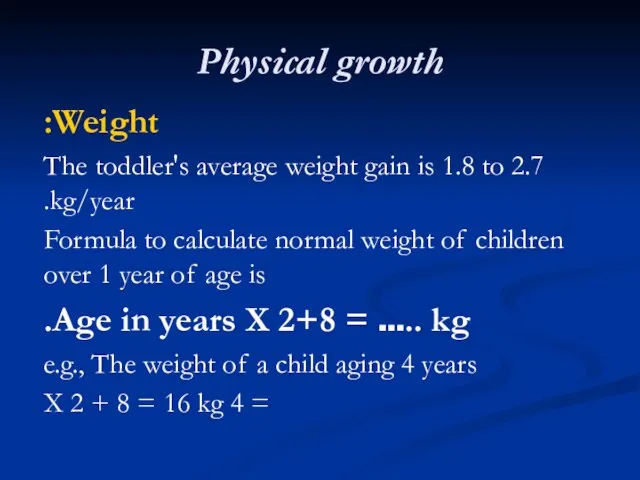
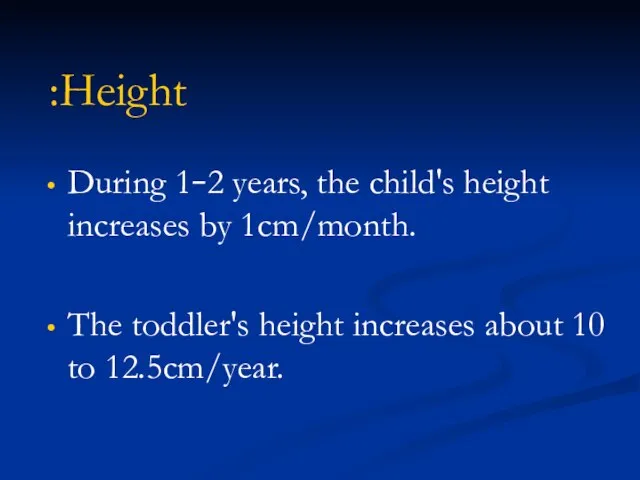
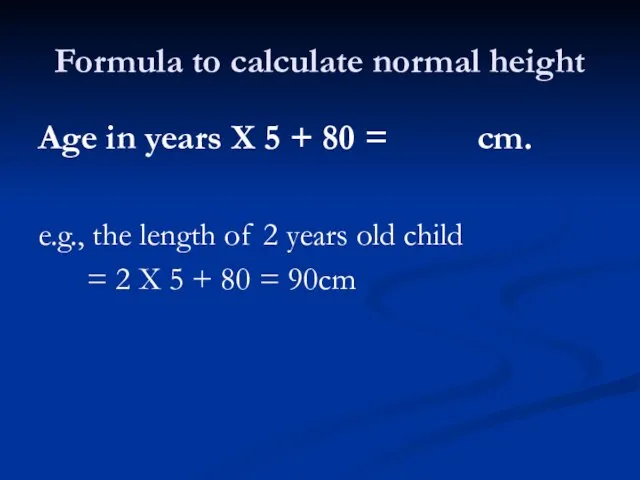
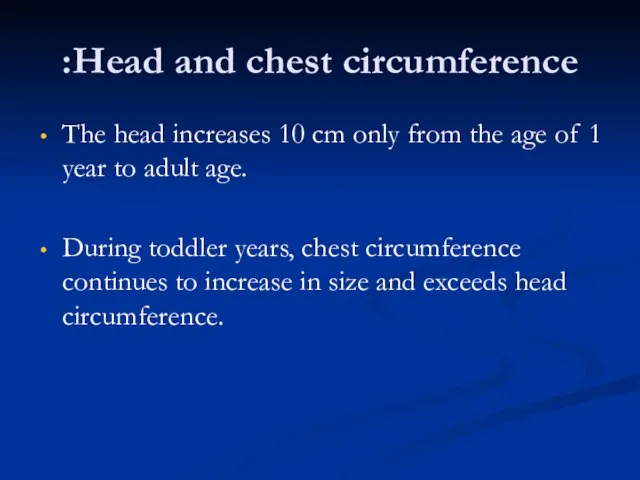
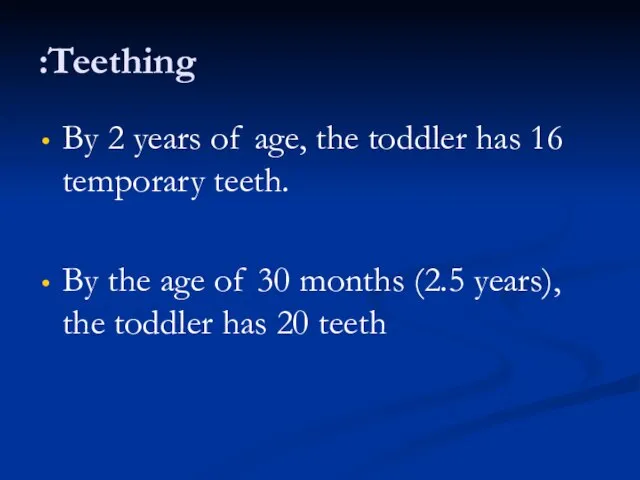
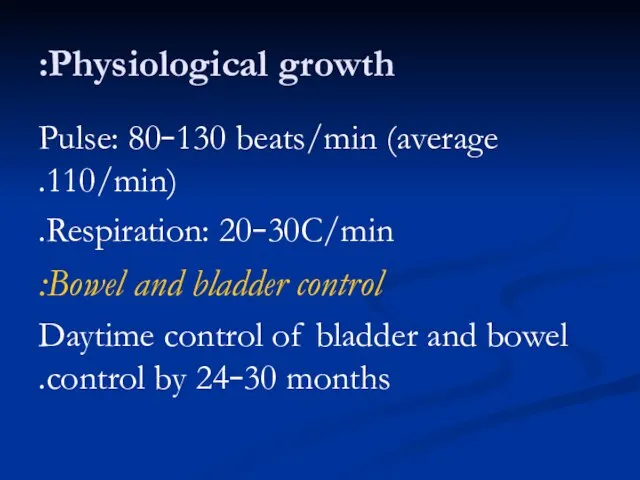
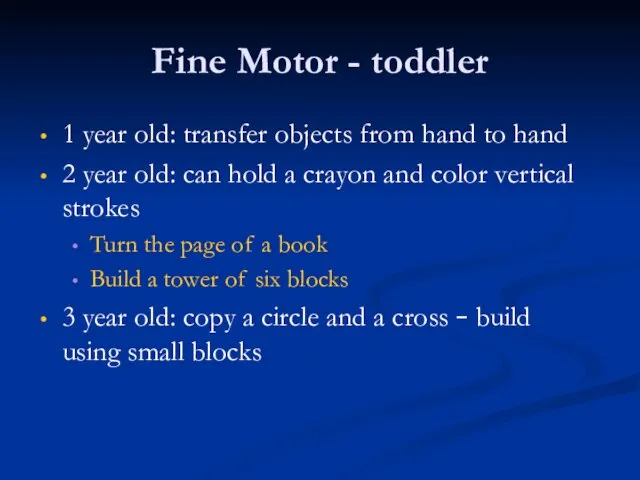
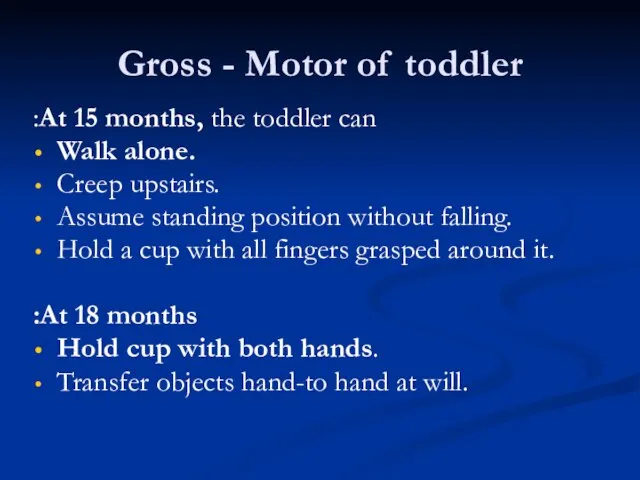
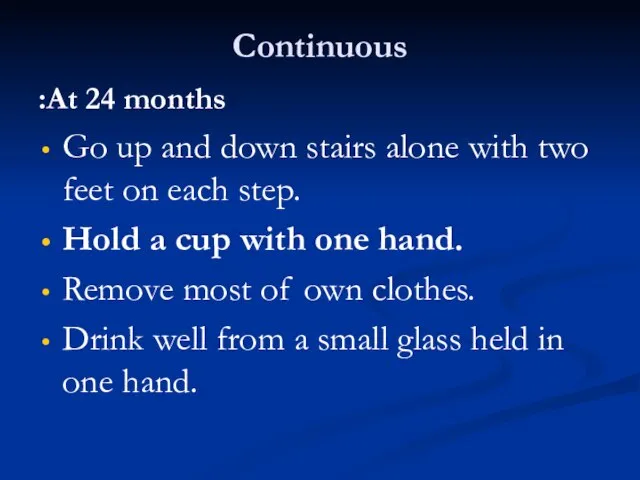
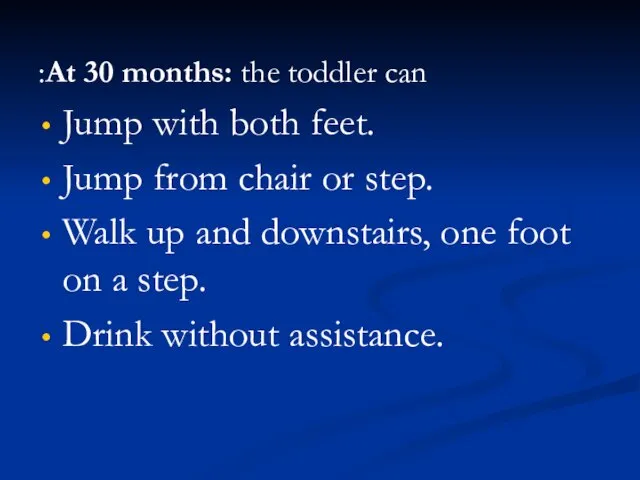
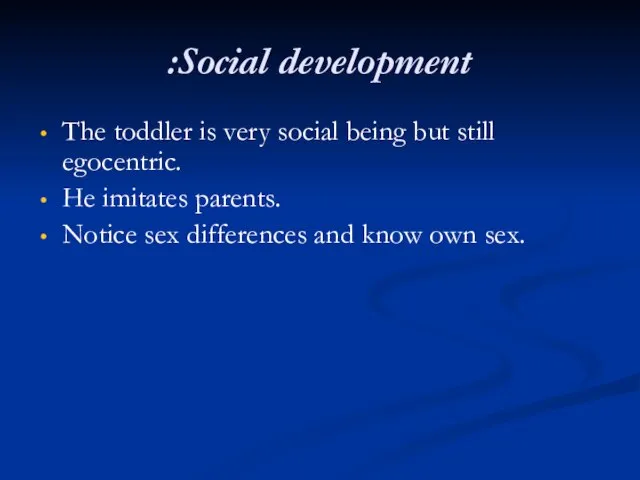
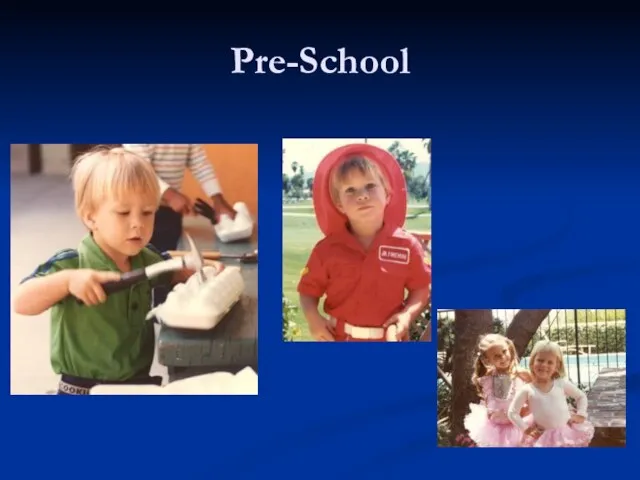
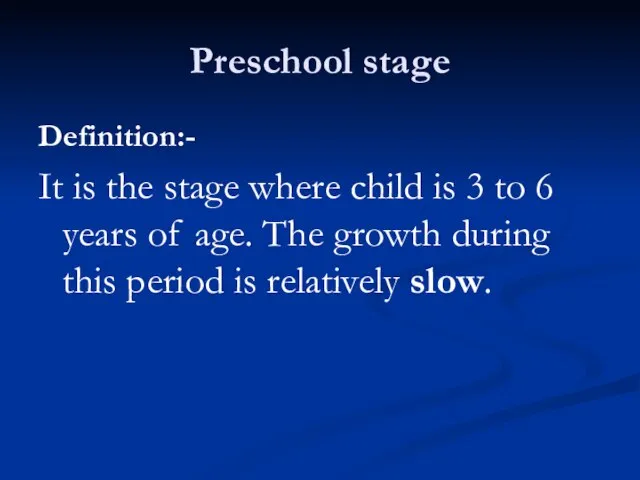
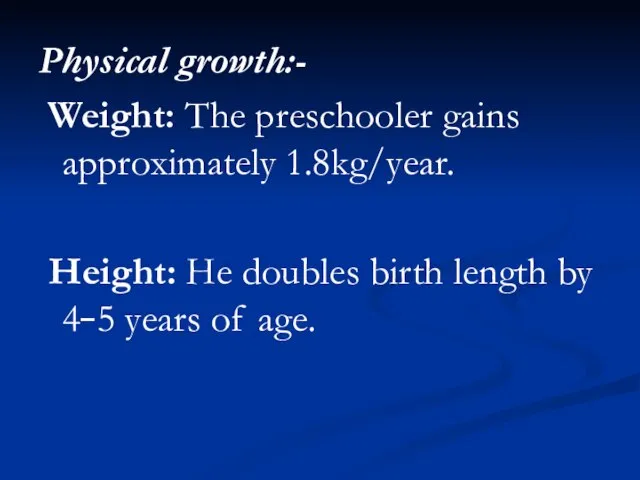
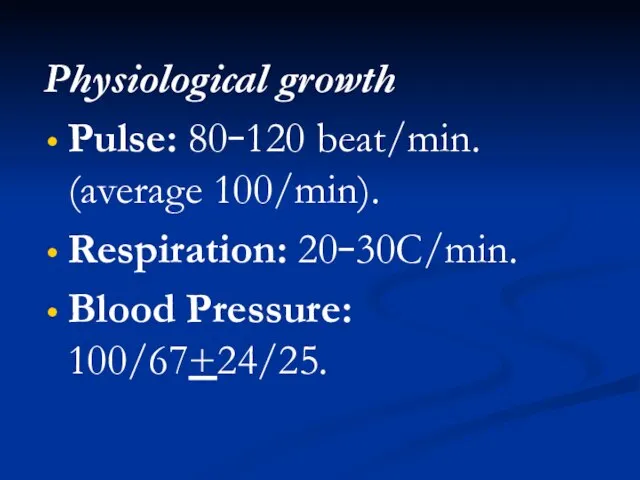
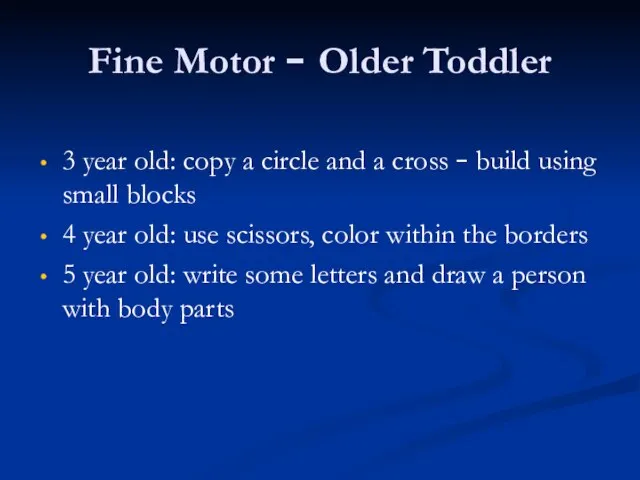
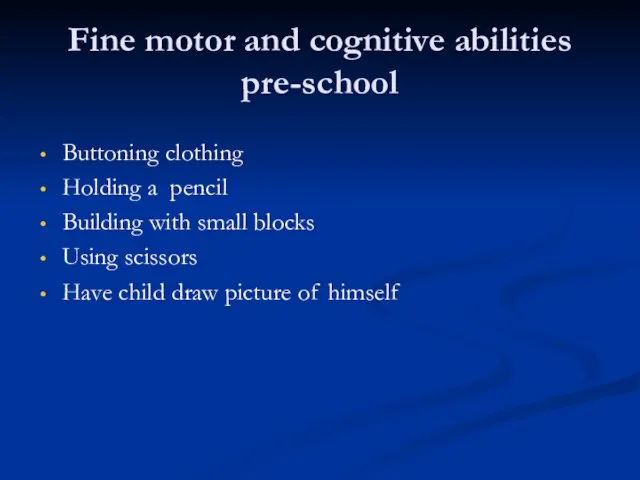
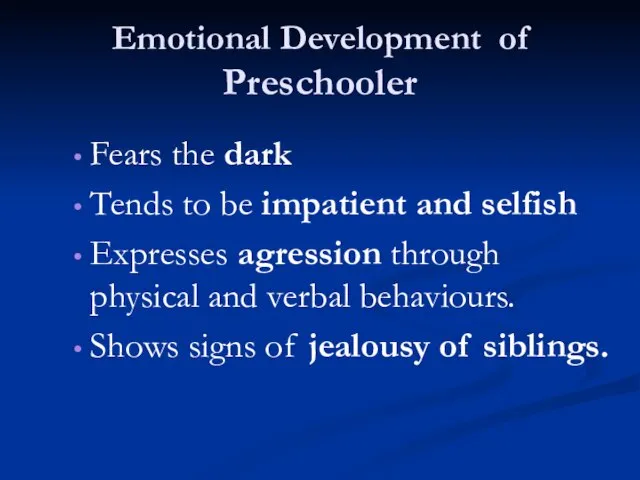
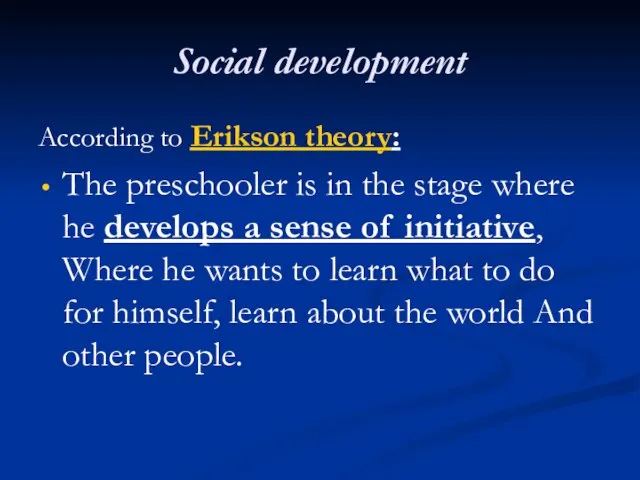
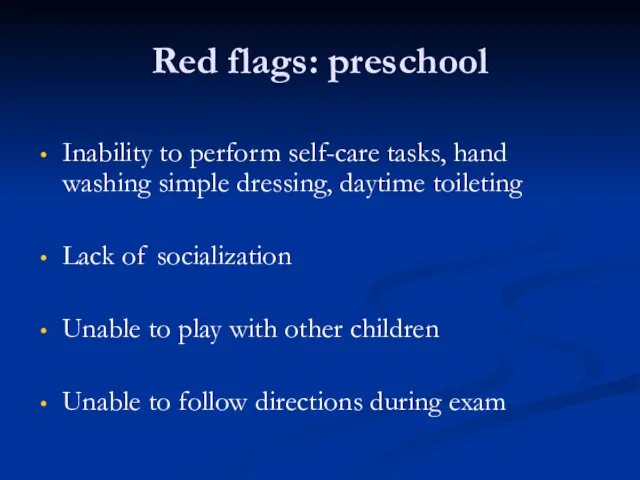
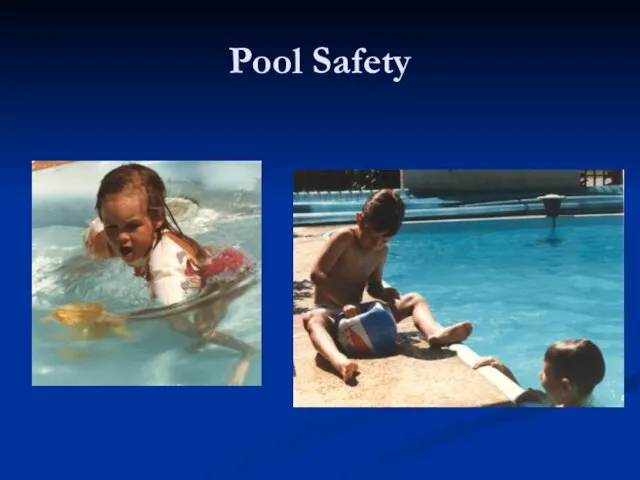
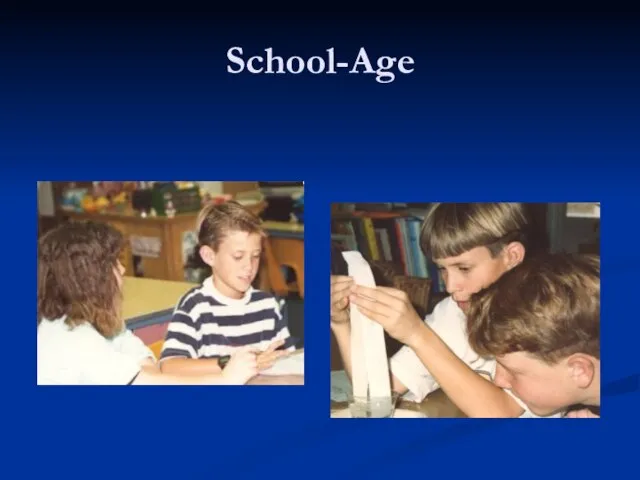
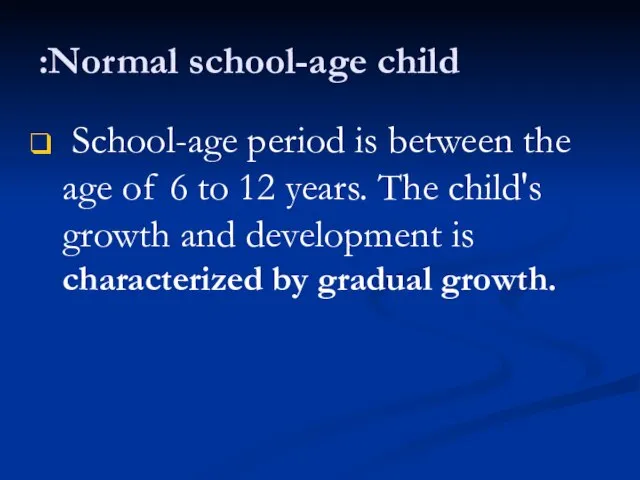
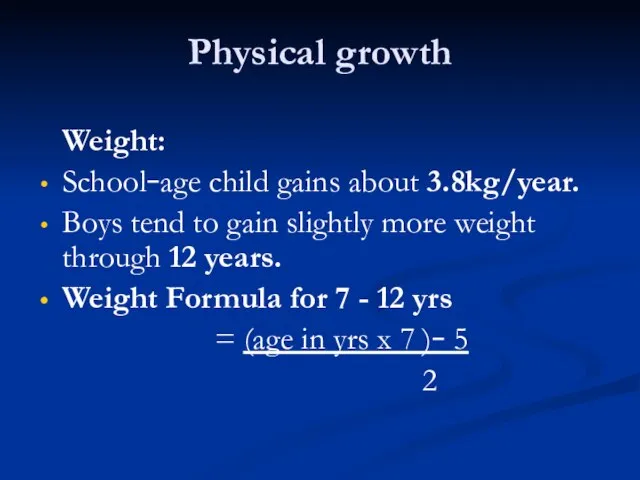
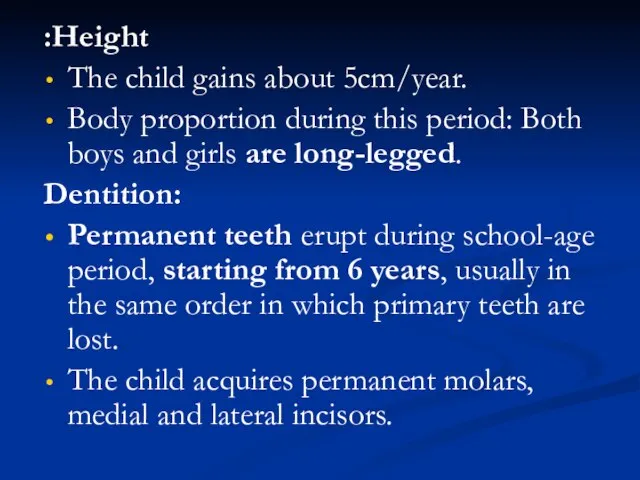
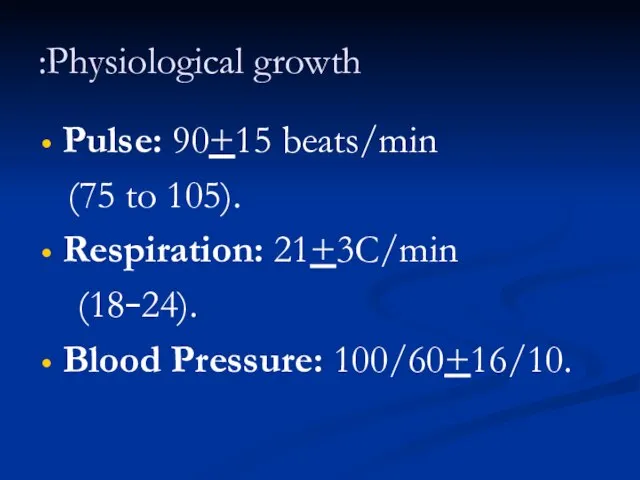
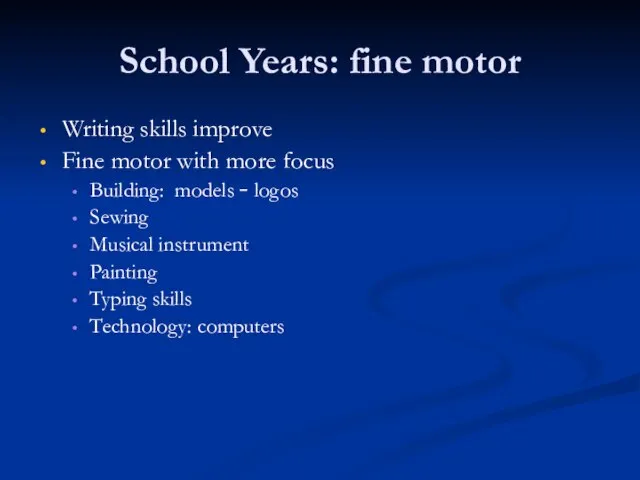
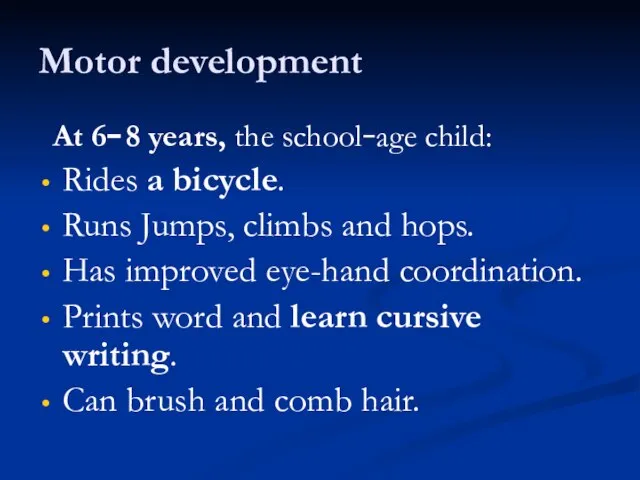
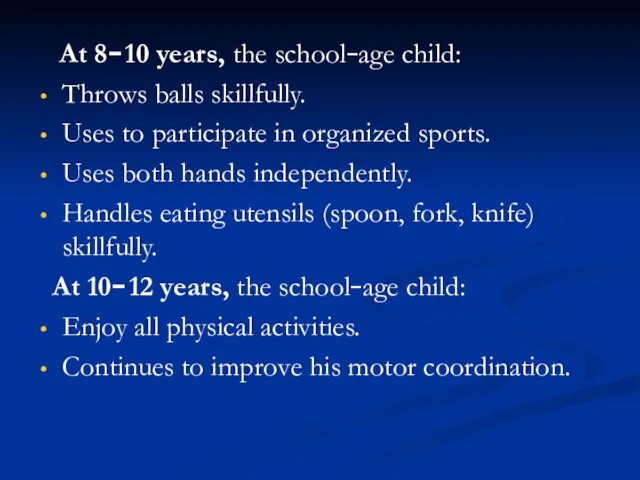
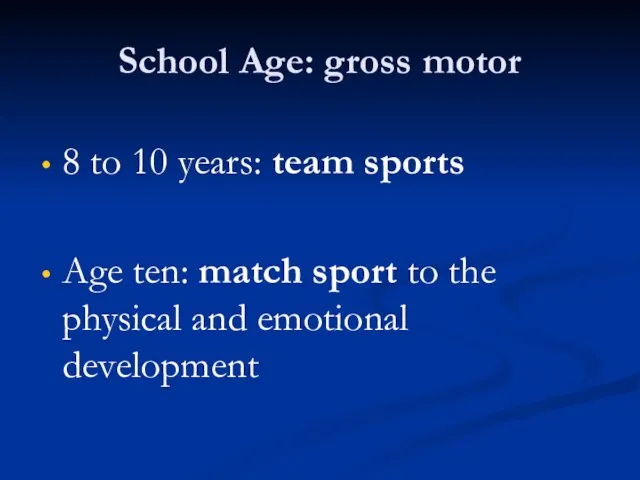
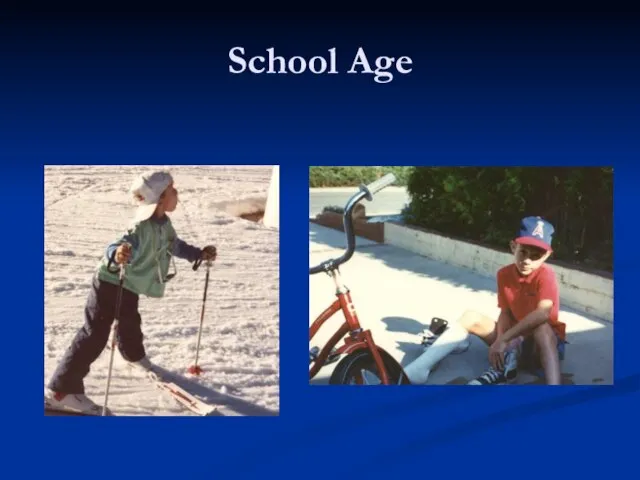
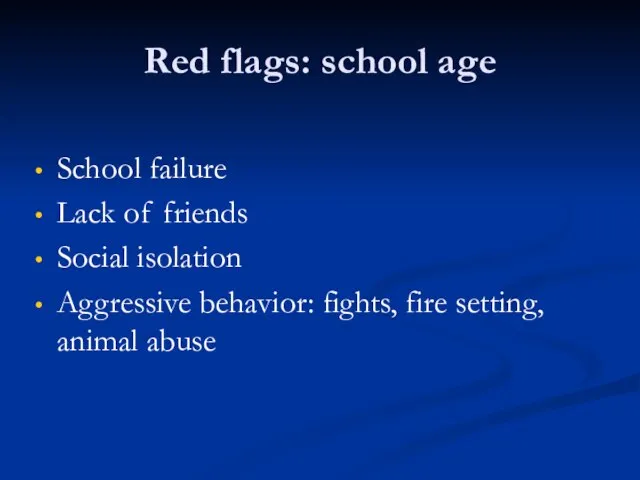
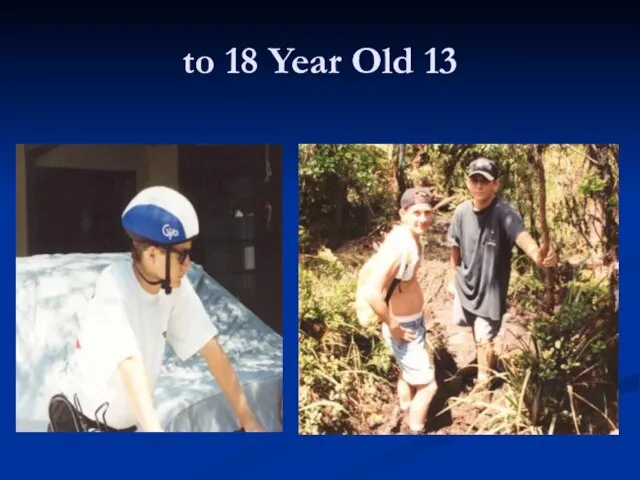
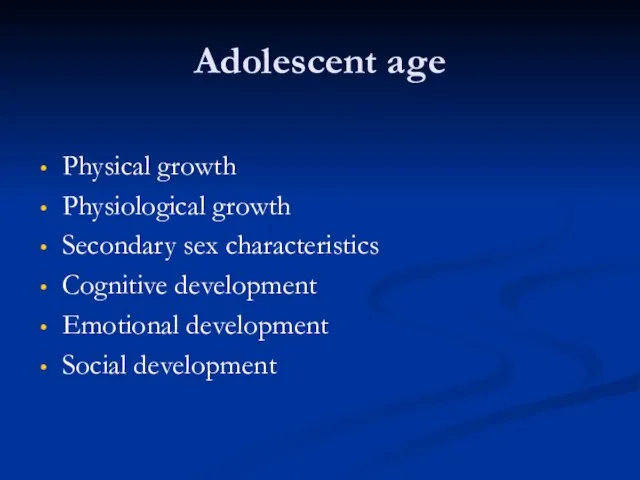
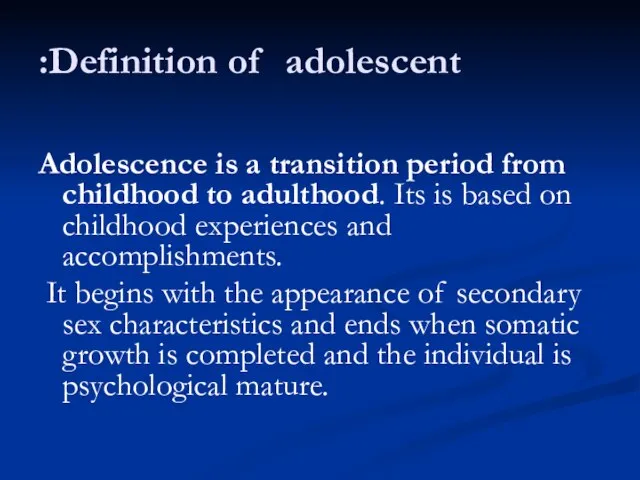
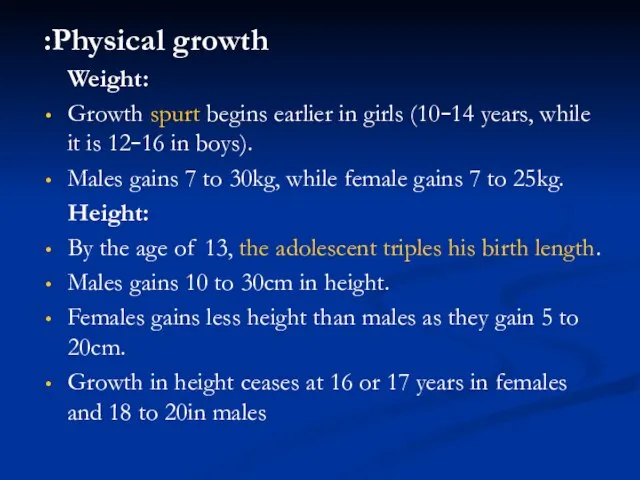
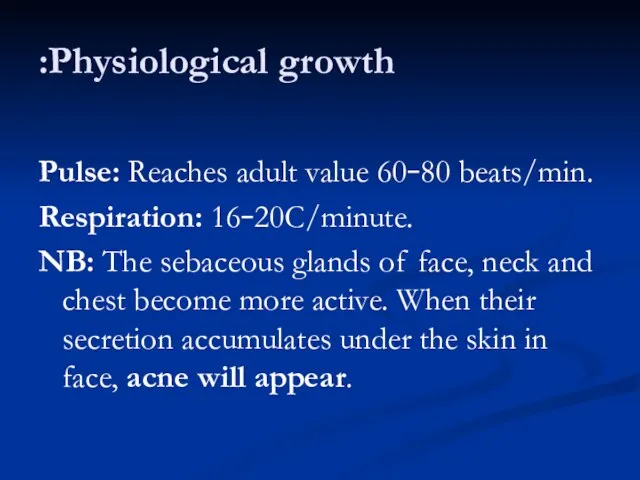
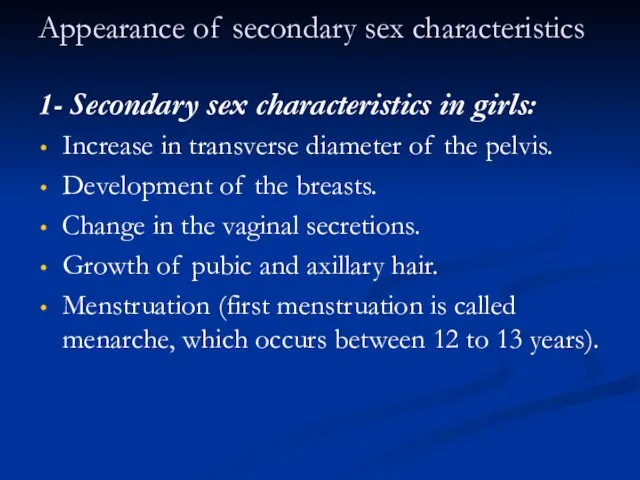
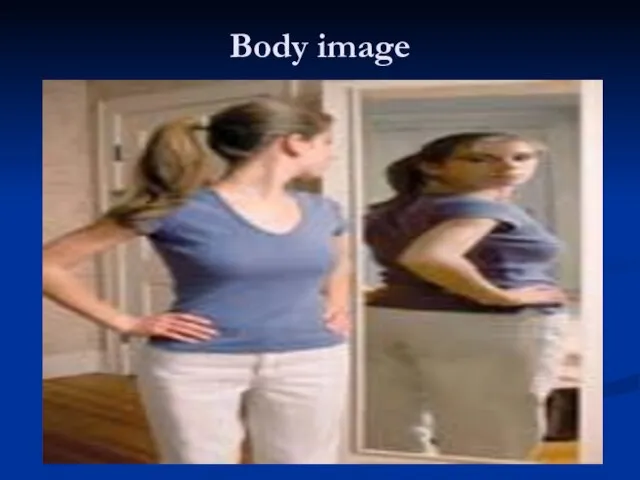
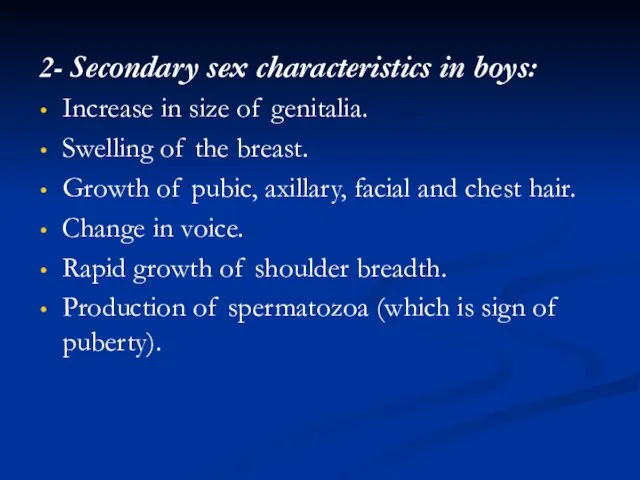
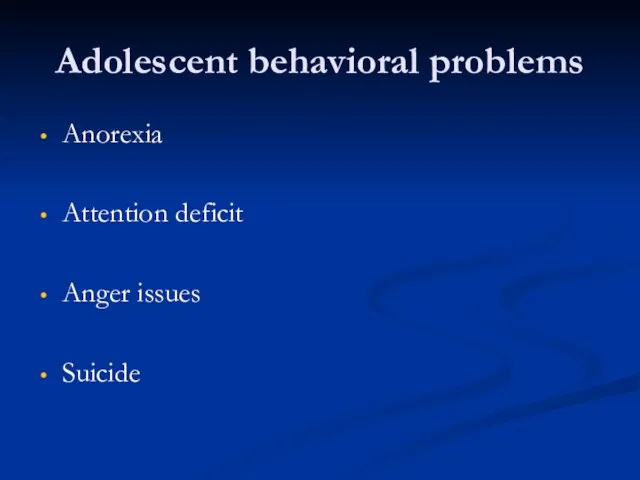
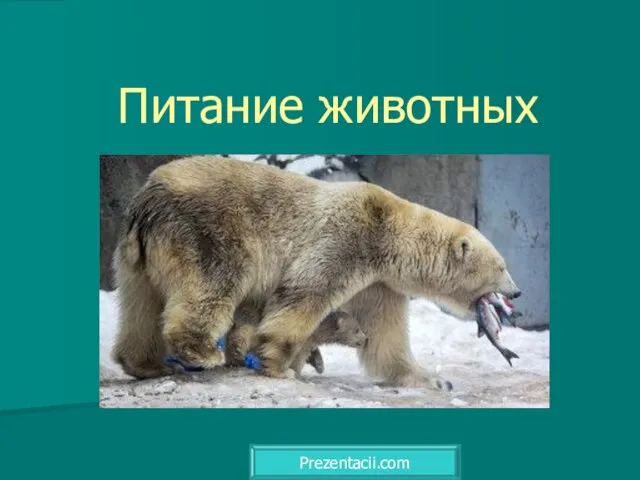 Питание животных
Питание животных Михаил Булгаков
Михаил Булгаков  Комплекс упражнений "Полет к звезде"
Комплекс упражнений "Полет к звезде" Тема:
Тема: Технологическая карта урока
Технологическая карта урока Абсолютные и относительные и средние величины
Абсолютные и относительные и средние величины Полигон: Технический план
Полигон: Технический план Инклюзивное образование в дошкольных образовательных учреждениях
Инклюзивное образование в дошкольных образовательных учреждениях Психология публичного выступления
Психология публичного выступления Статистика зачисления
Статистика зачисления 10 Нейминговых решений. Методика анализа названий по системе VAAL
10 Нейминговых решений. Методика анализа названий по системе VAAL «Лучший учитель – мой!»
«Лучший учитель – мой!» Nous sommes aujourd’hui
Nous sommes aujourd’hui Василий Макарович Шукшин (1929 – 1974 гг.)
Василий Макарович Шукшин (1929 – 1974 гг.) Хранение информации
Хранение информации Методическая работа + методическая деятельность = повышение качества
Методическая работа + методическая деятельность = повышение качества Инвестирование и размещение средств НПФ в инвестиционные проекты районного масштаба
Инвестирование и размещение средств НПФ в инвестиционные проекты районного масштаба Er qa’ridan foydalanganlik uchun soliq
Er qa’ridan foydalanganlik uchun soliq Дифференцированное задание по теме «Числительное»
Дифференцированное задание по теме «Числительное» 10 simple ways to fall asleep quickly
10 simple ways to fall asleep quickly Шаг навстречу Осознание себя и своего влияния на других людей
Шаг навстречу Осознание себя и своего влияния на других людей Комсомольск-на-Амуре
Комсомольск-на-Амуре Визитная карточка .
Визитная карточка . Кластер фармацевтической и медицинской промышленности Республики Башкортостан (БиоМедФарм)
Кластер фармацевтической и медицинской промышленности Республики Башкортостан (БиоМедФарм) Диагностика и развитие личностных качествучащихся пятого класса на этапе адаптации
Диагностика и развитие личностных качествучащихся пятого класса на этапе адаптации Виды обязательств в ГК РФ
Виды обязательств в ГК РФ Рукописные книги
Рукописные книги Введение в органическую химию
Введение в органическую химию